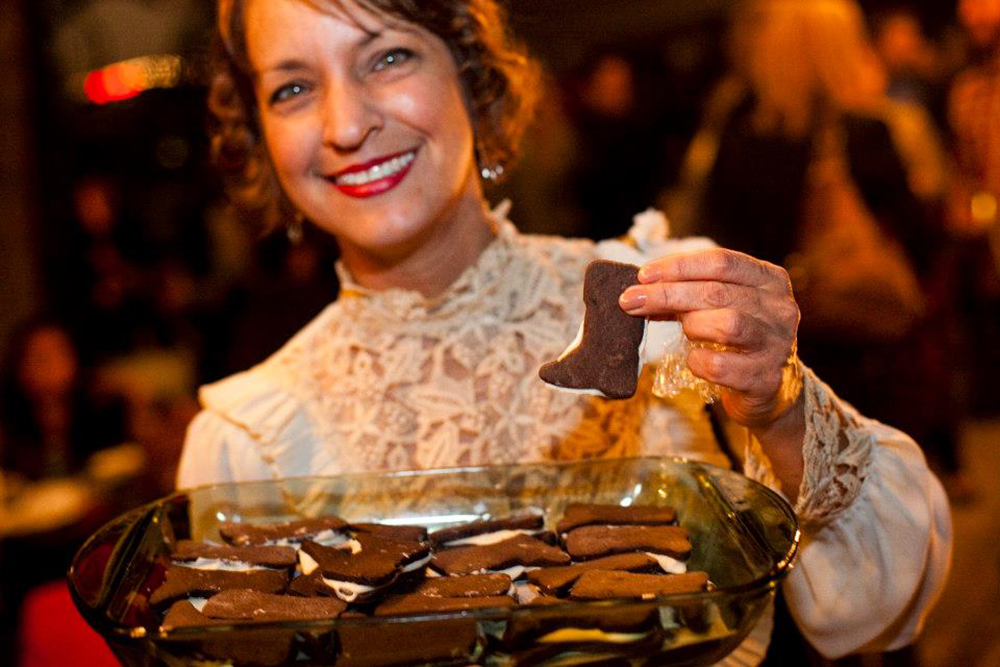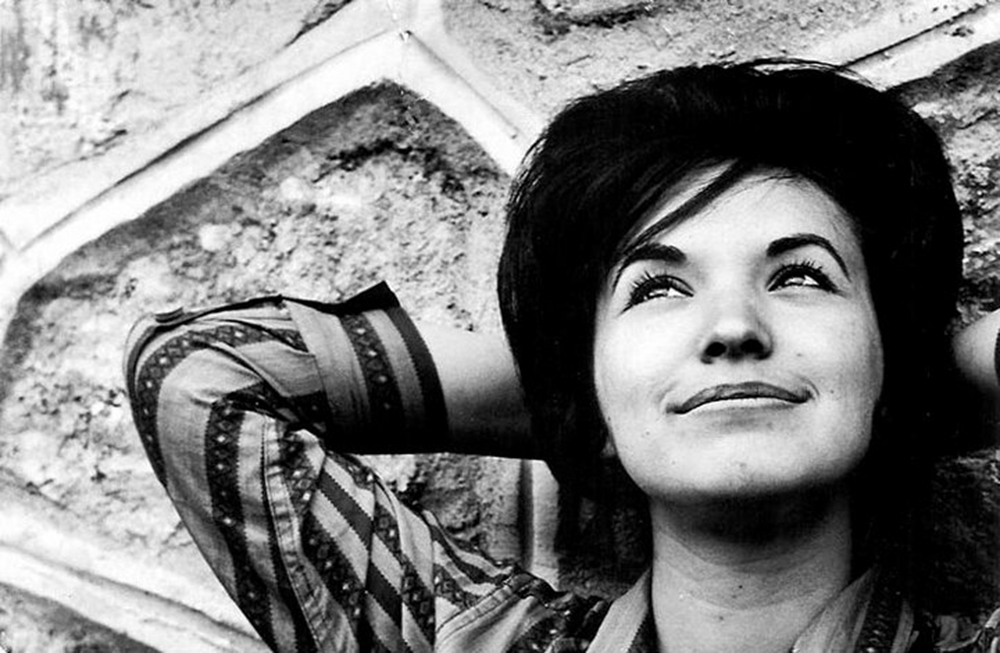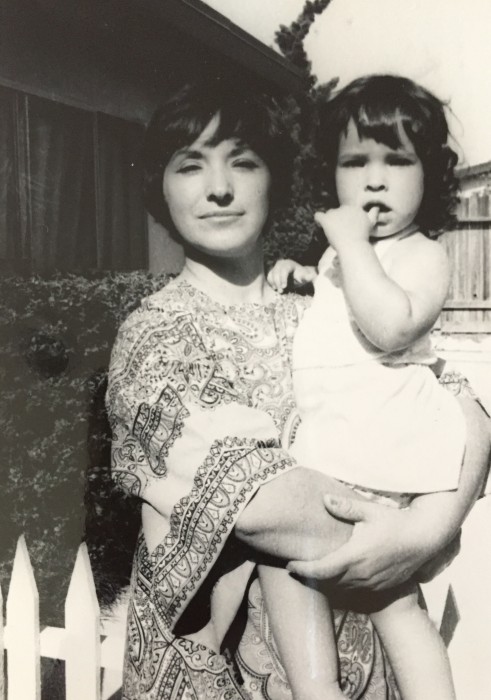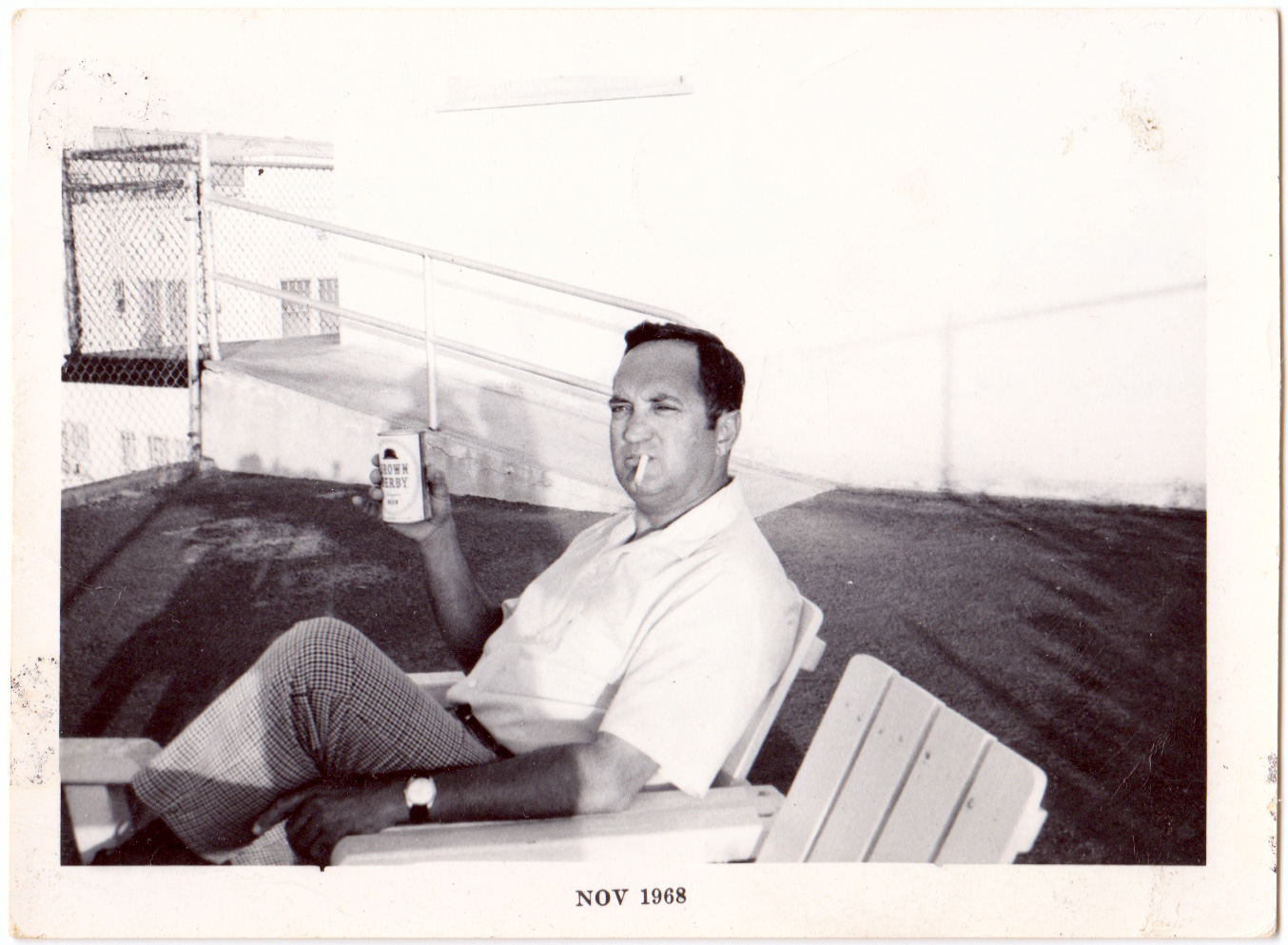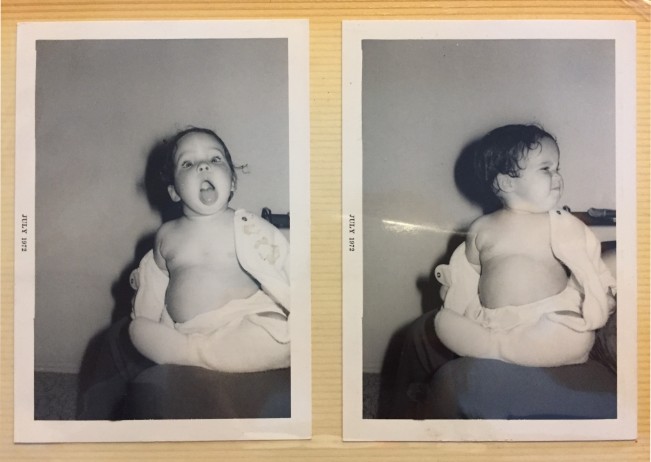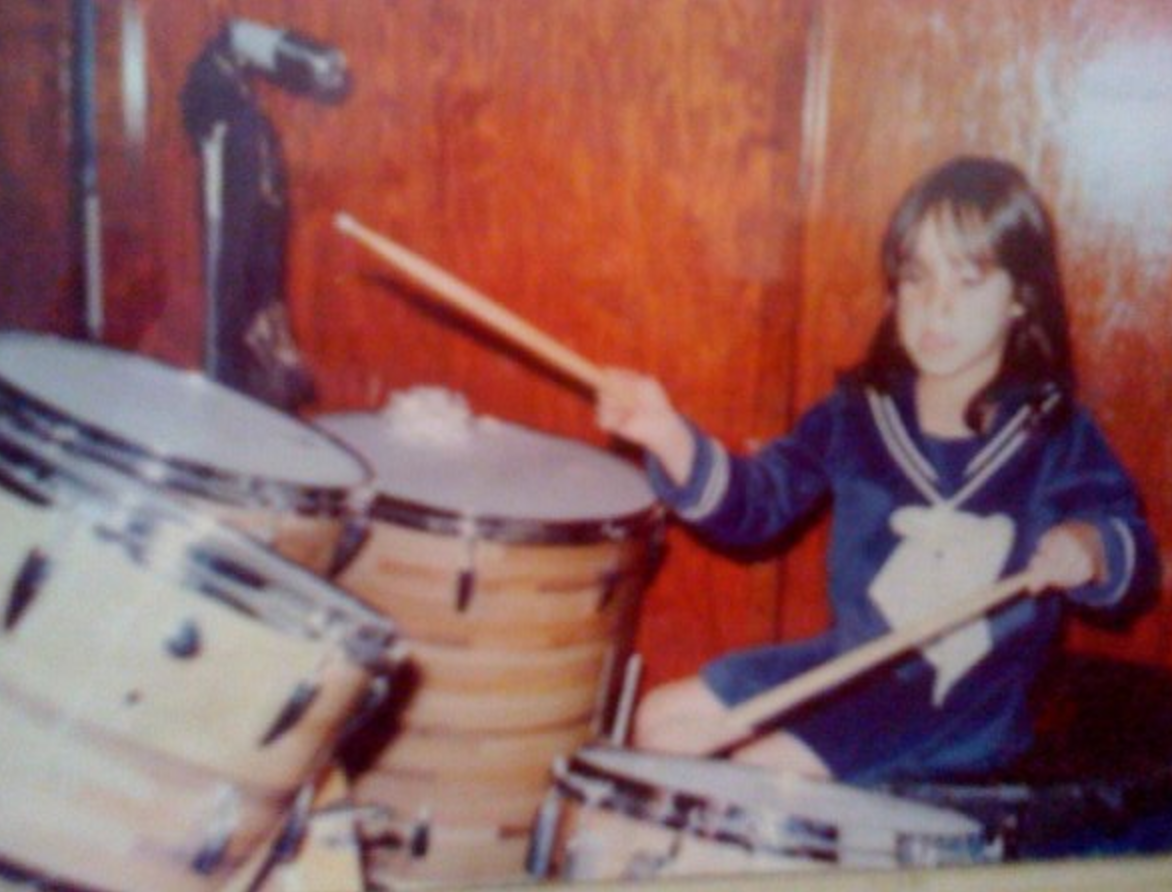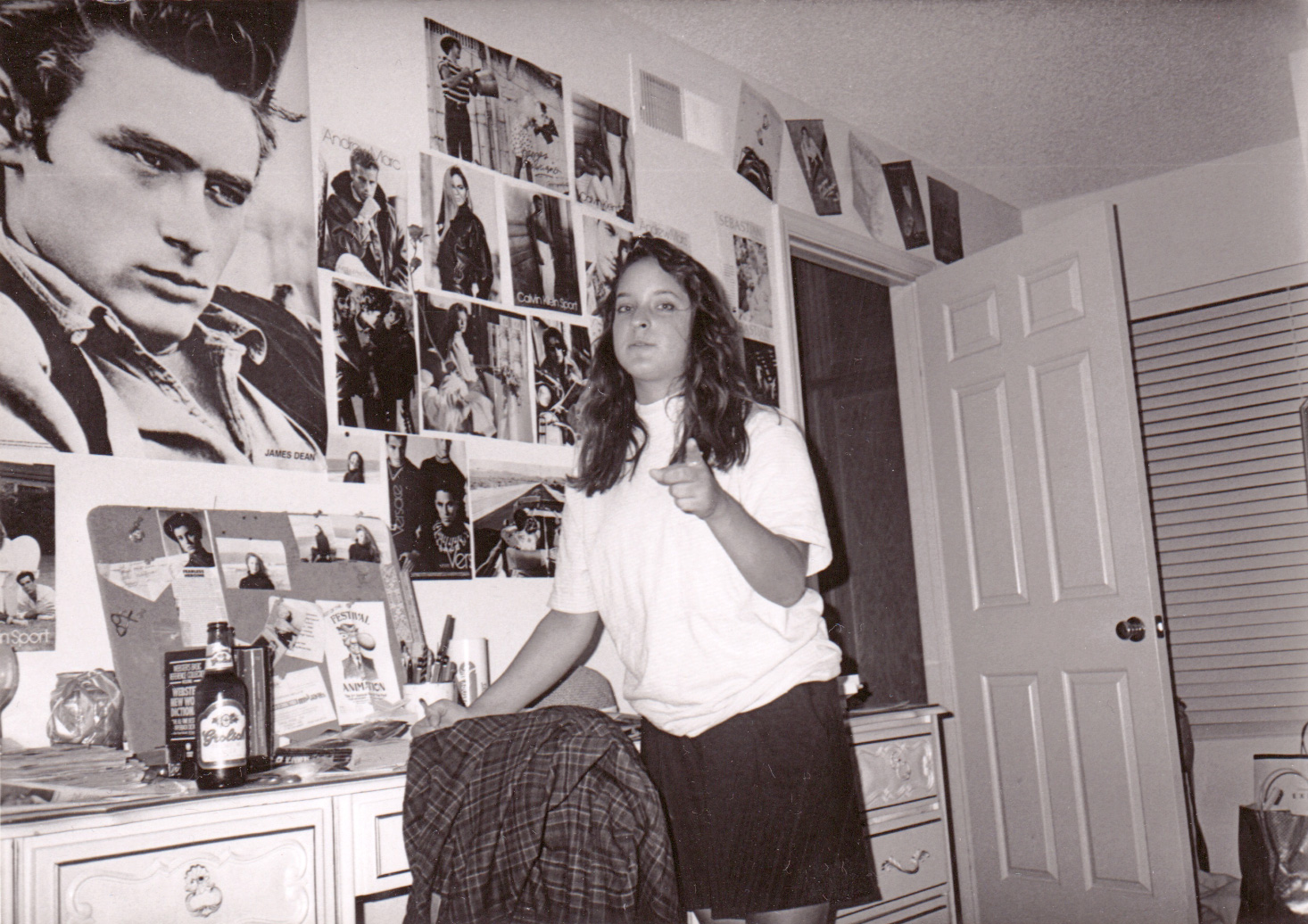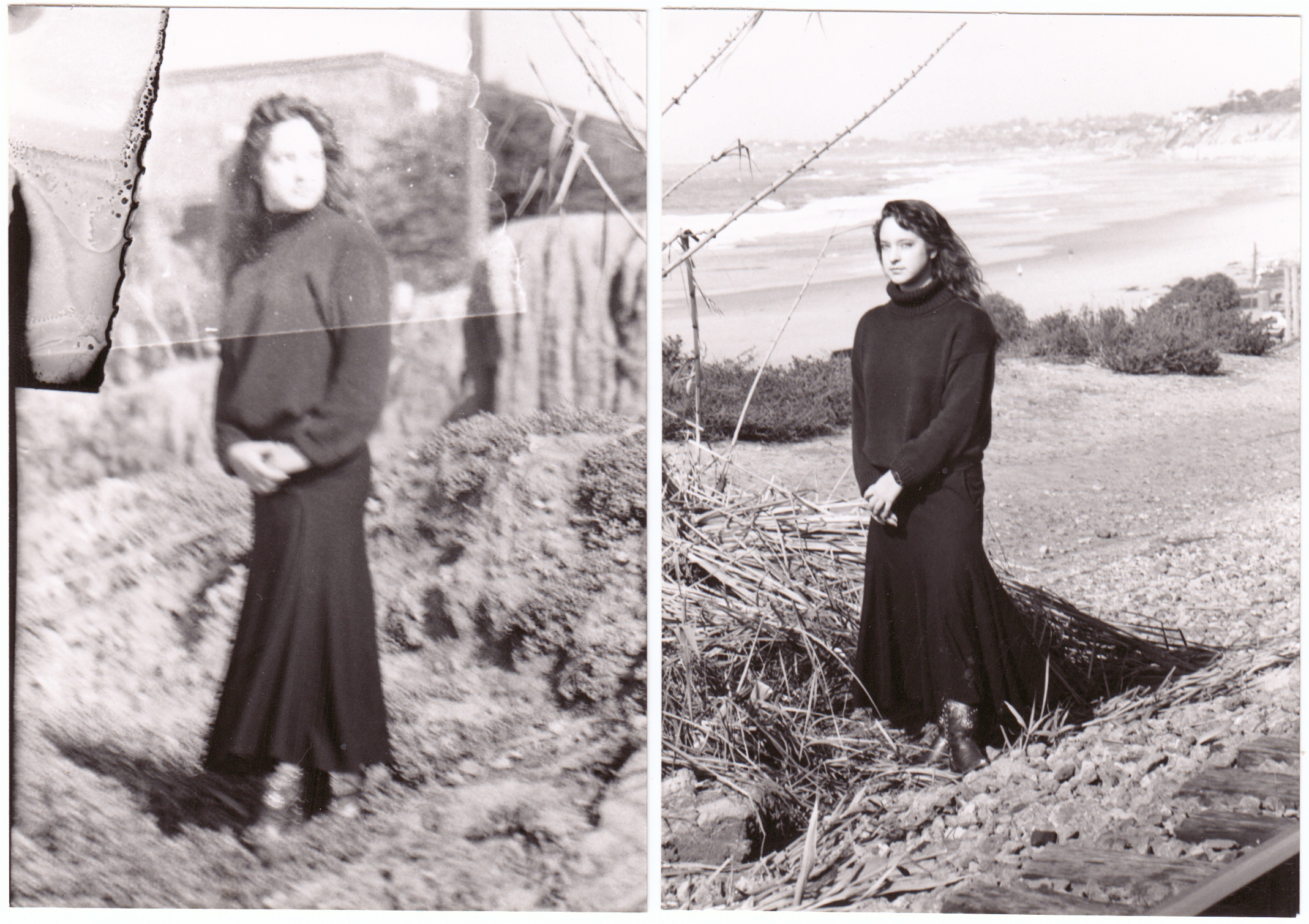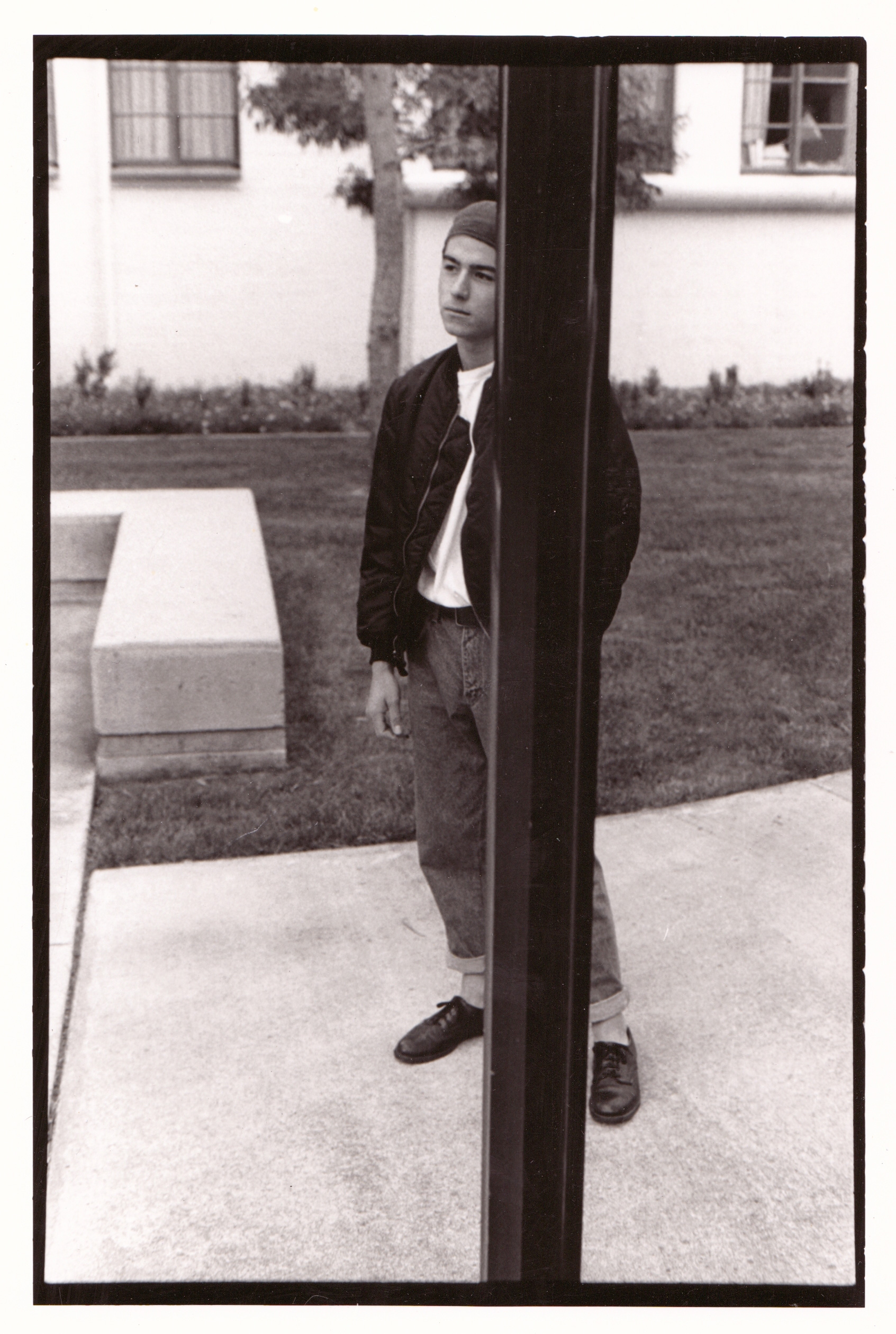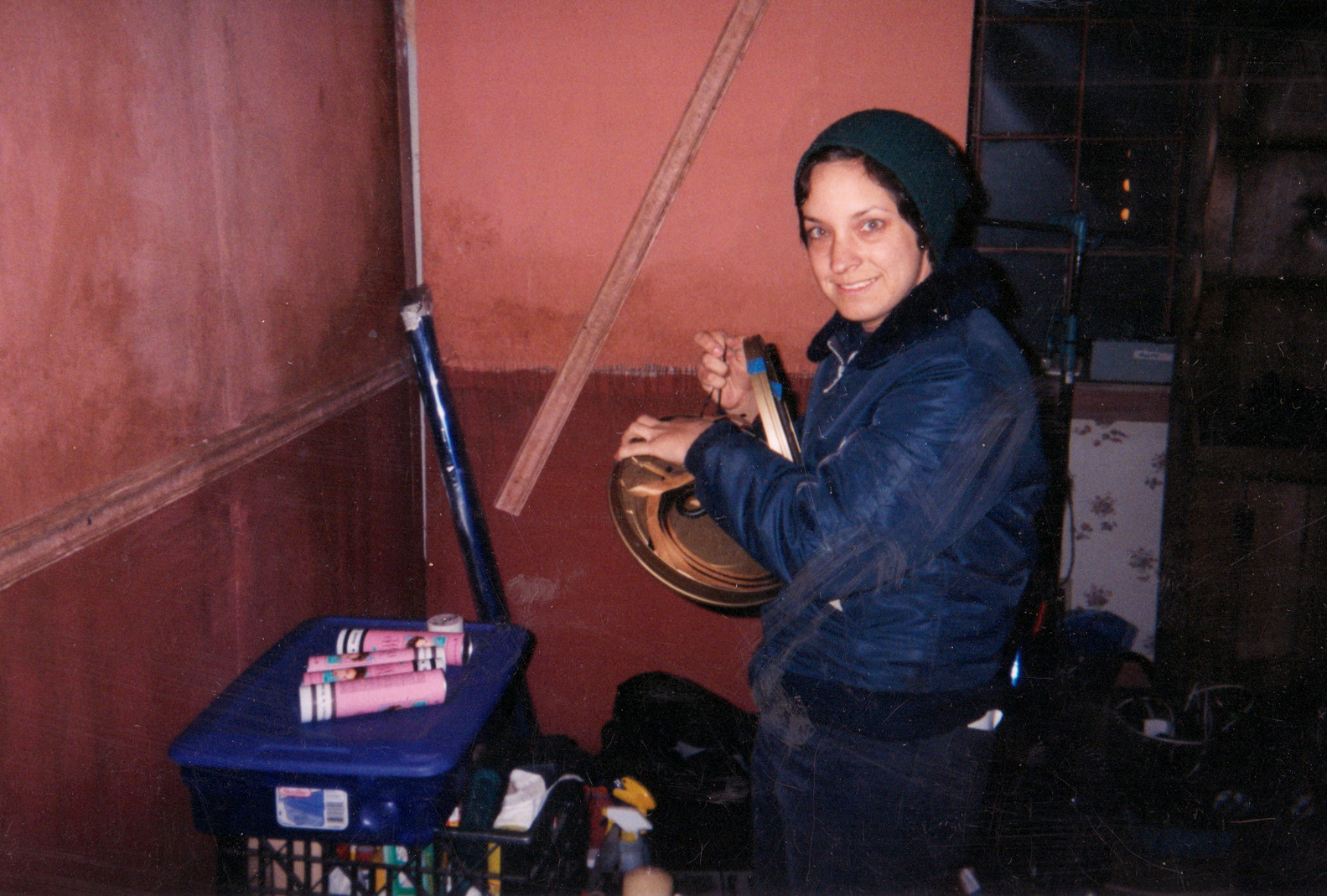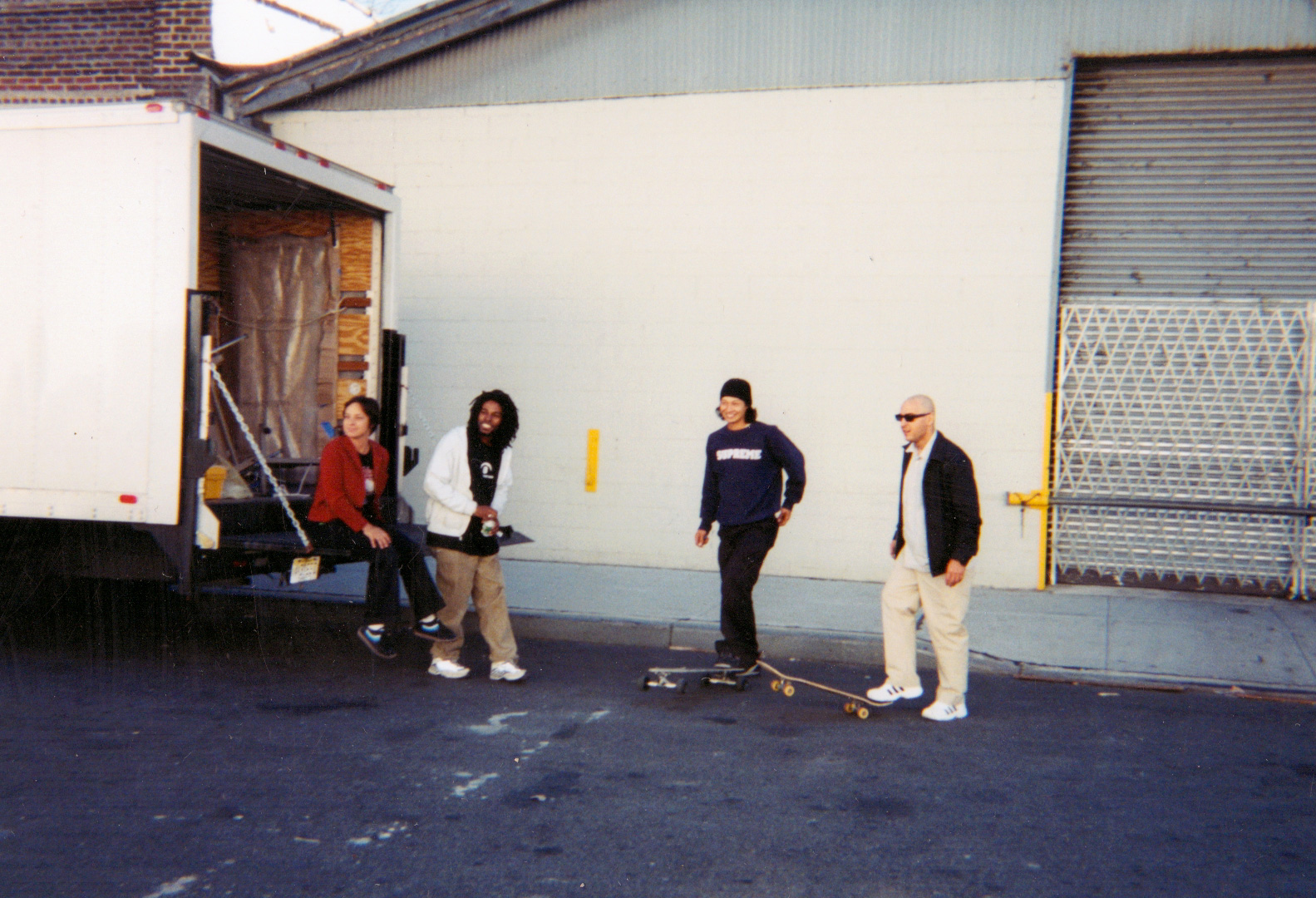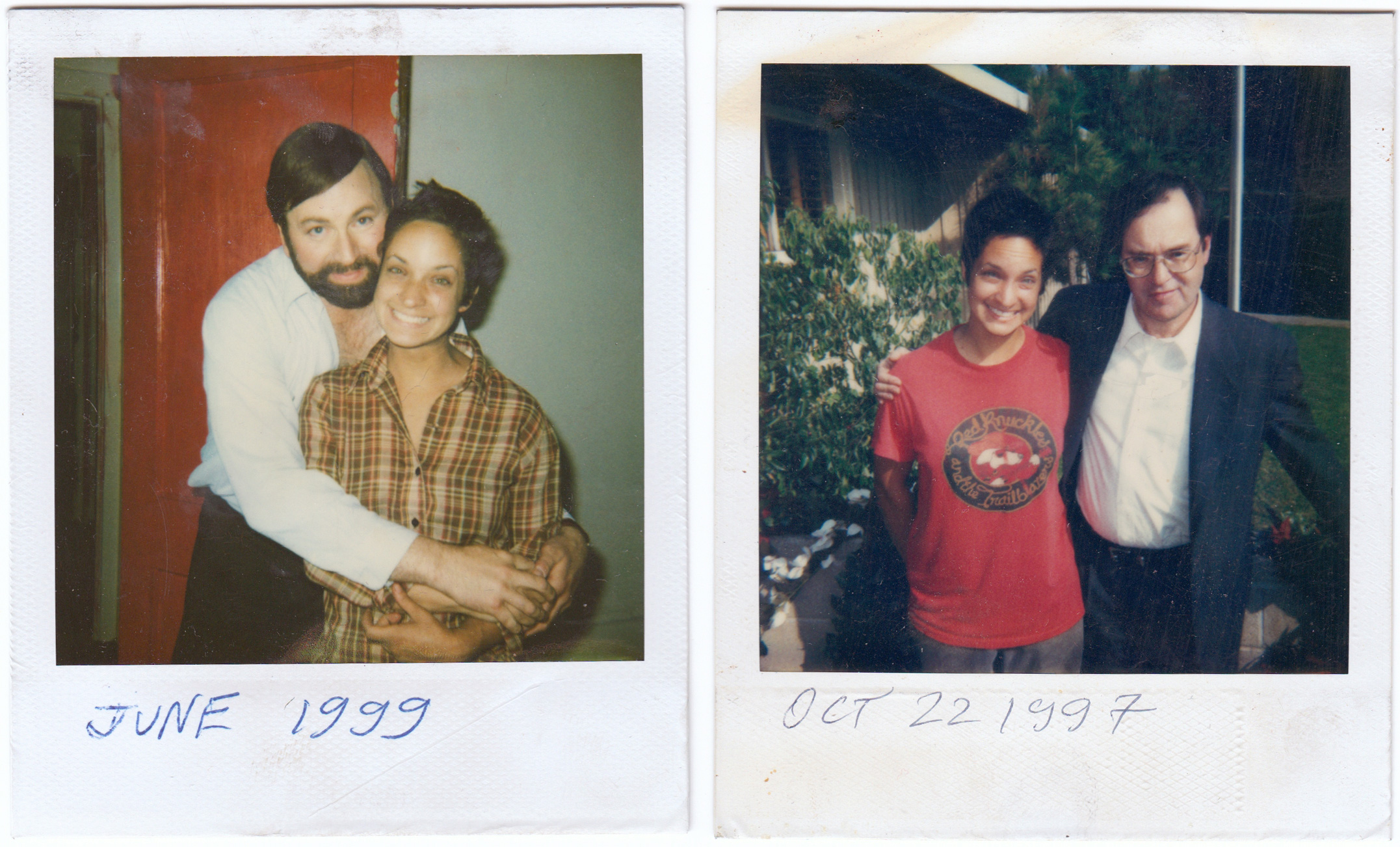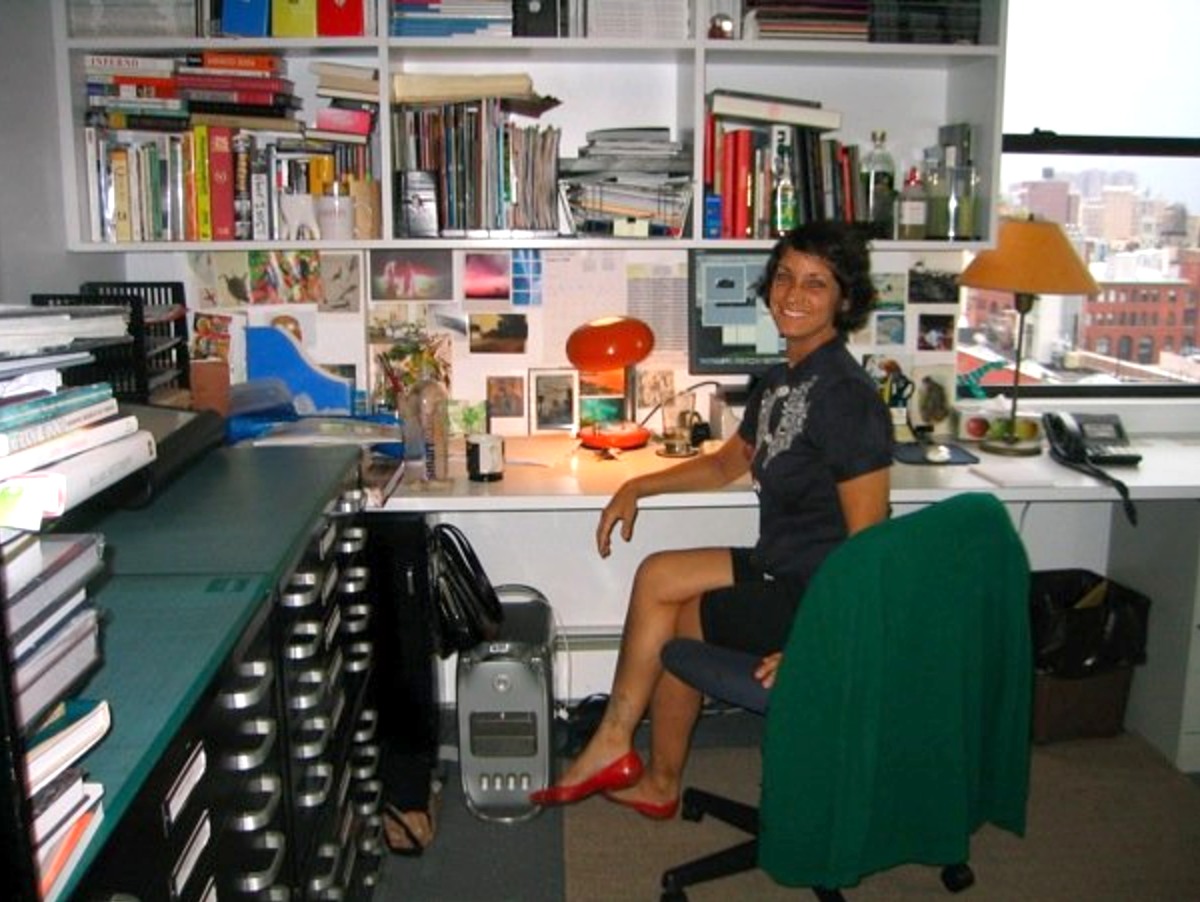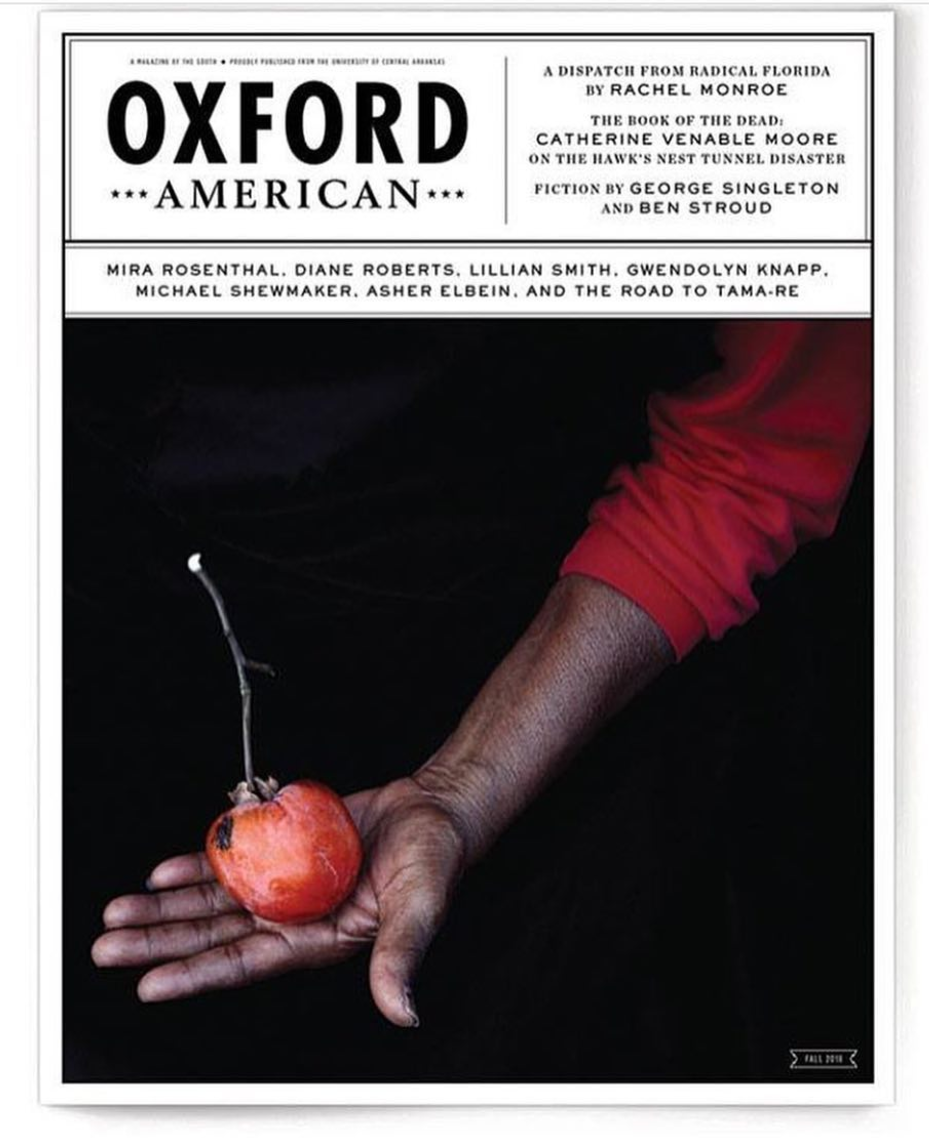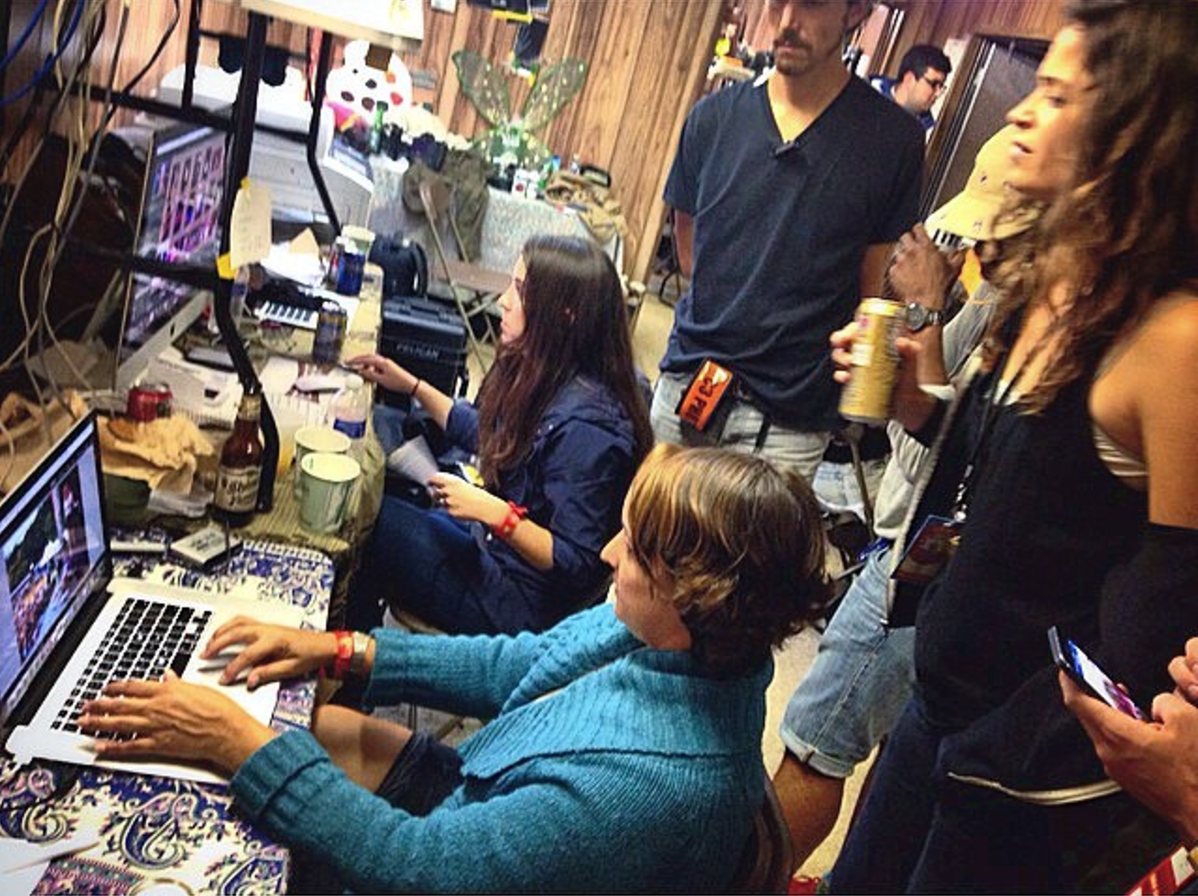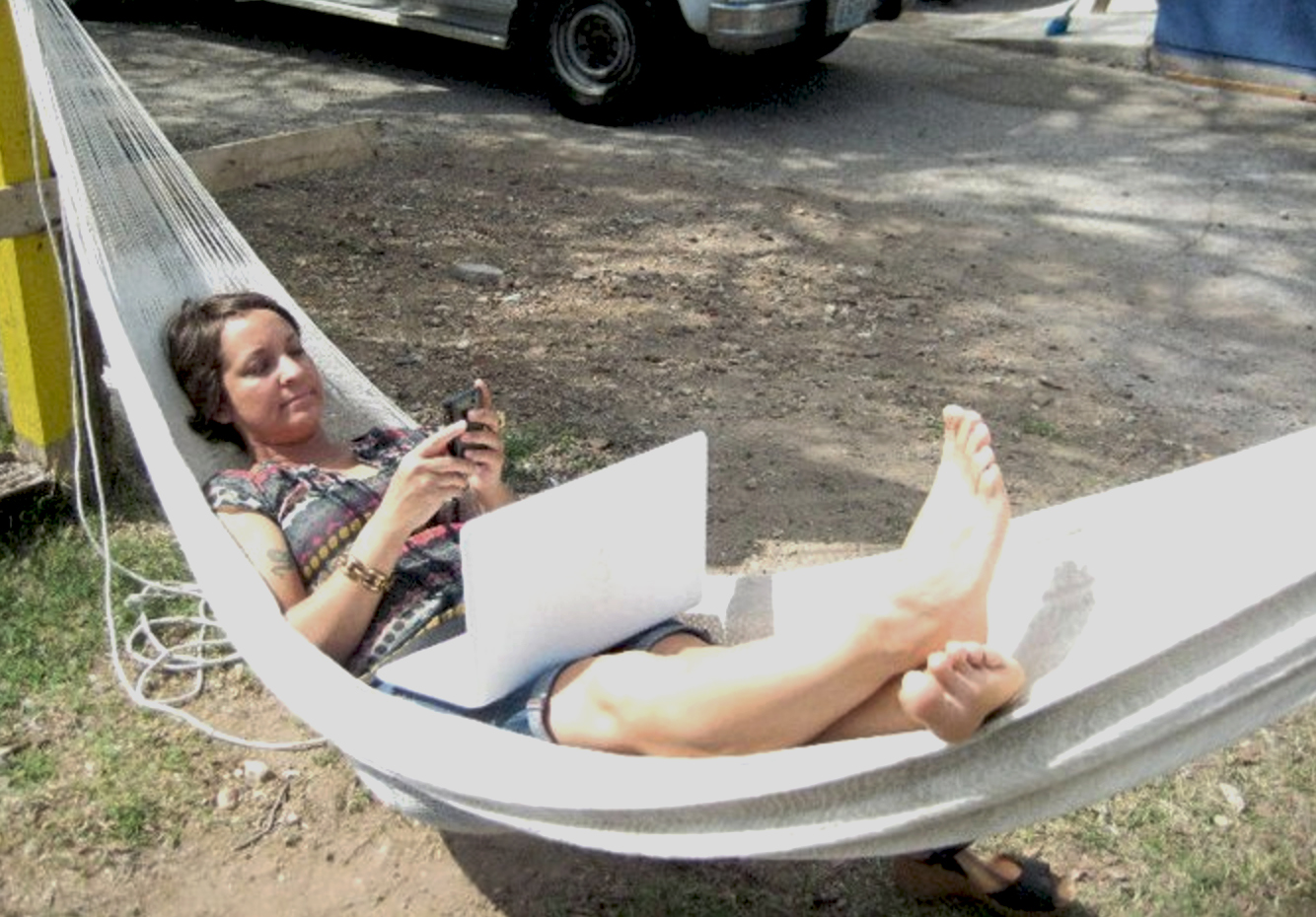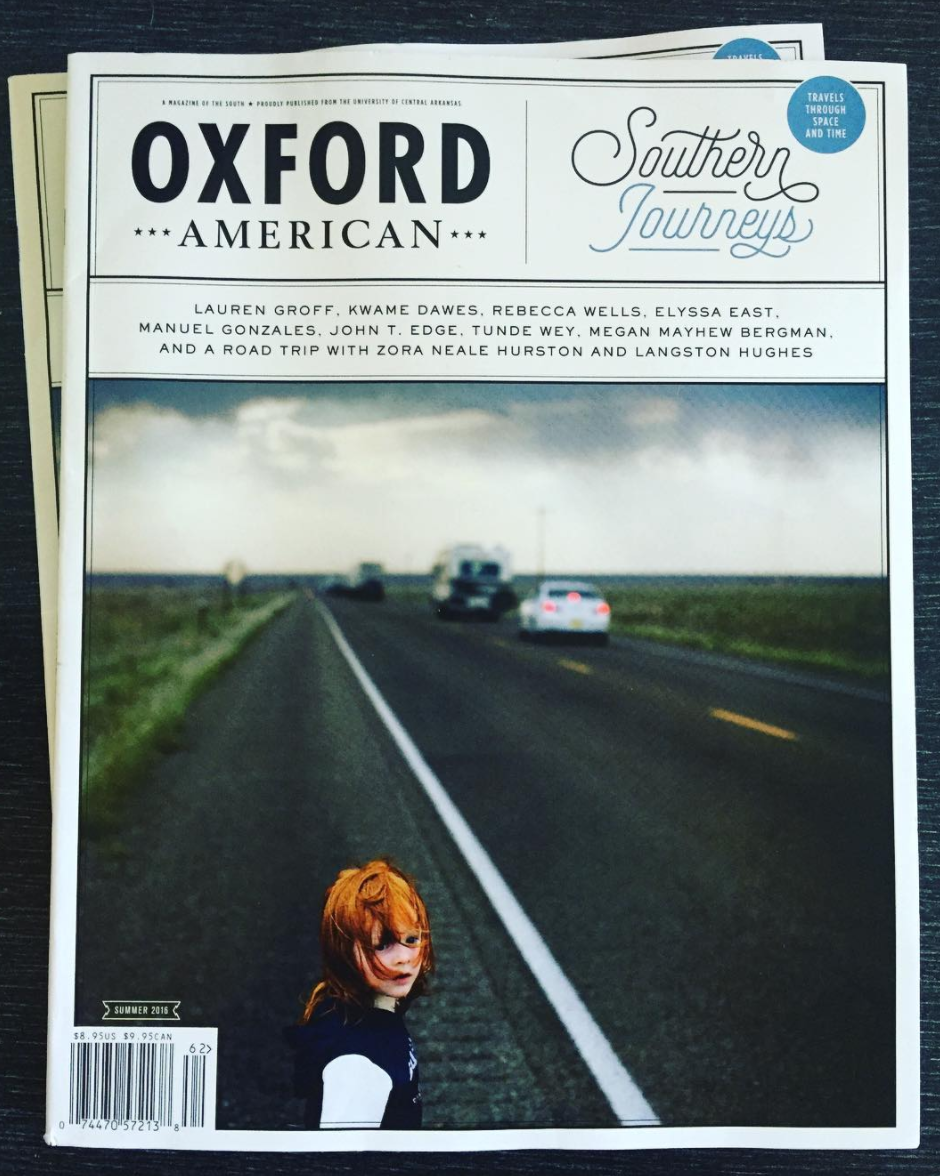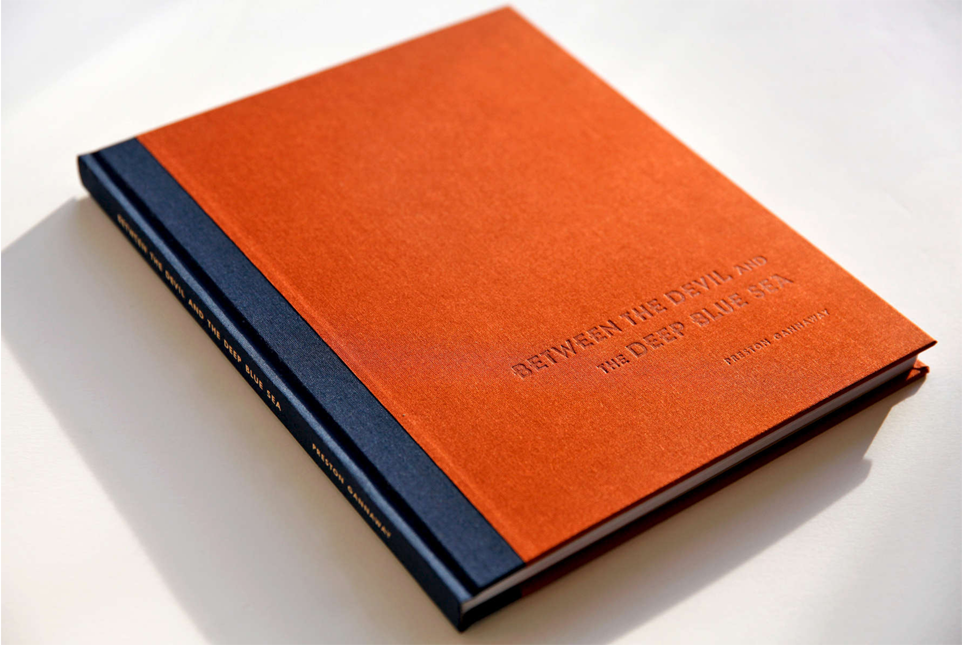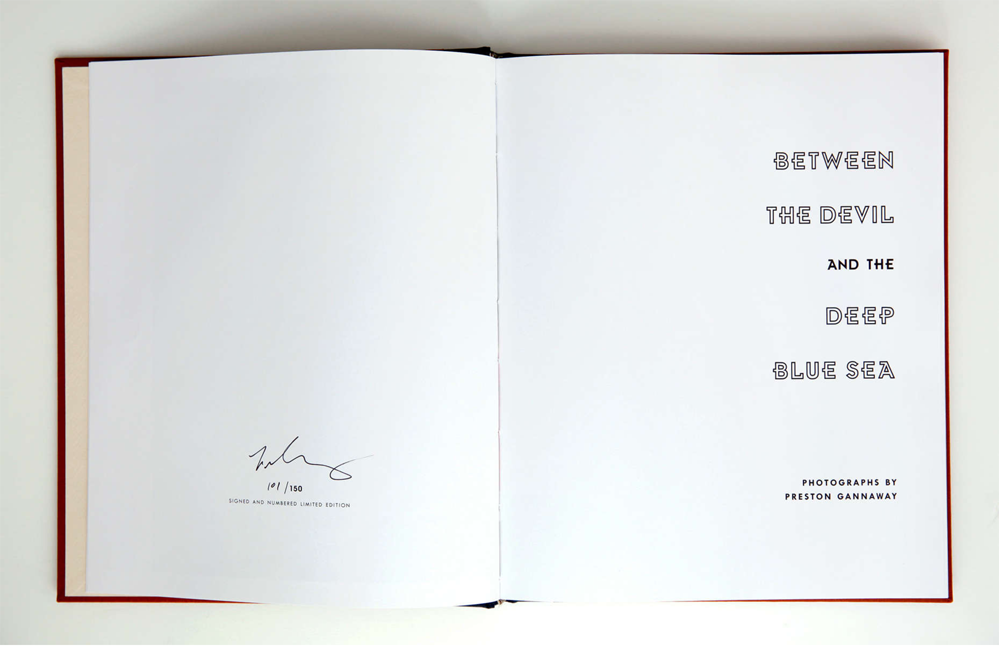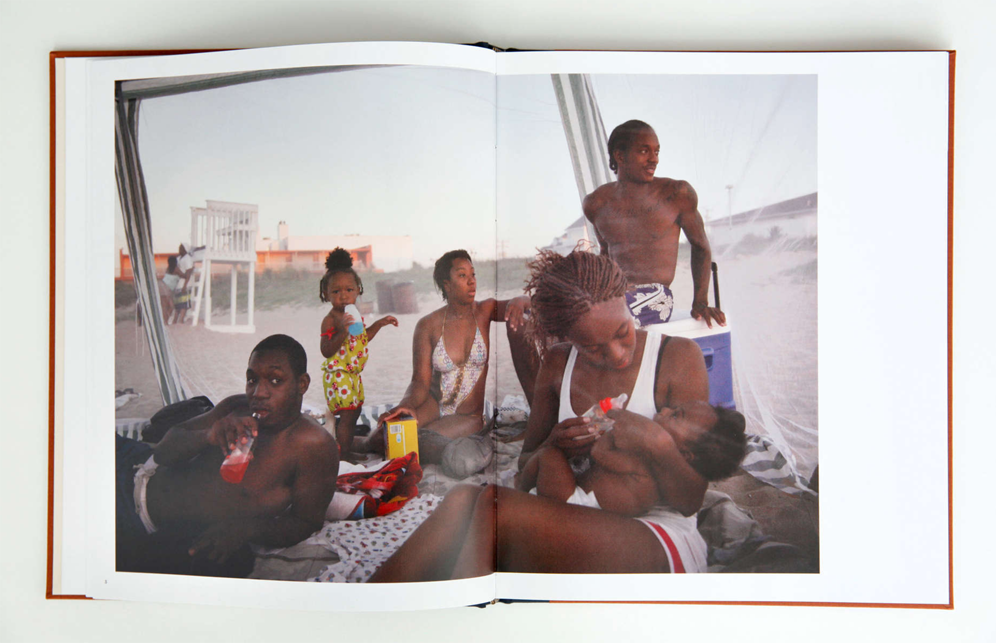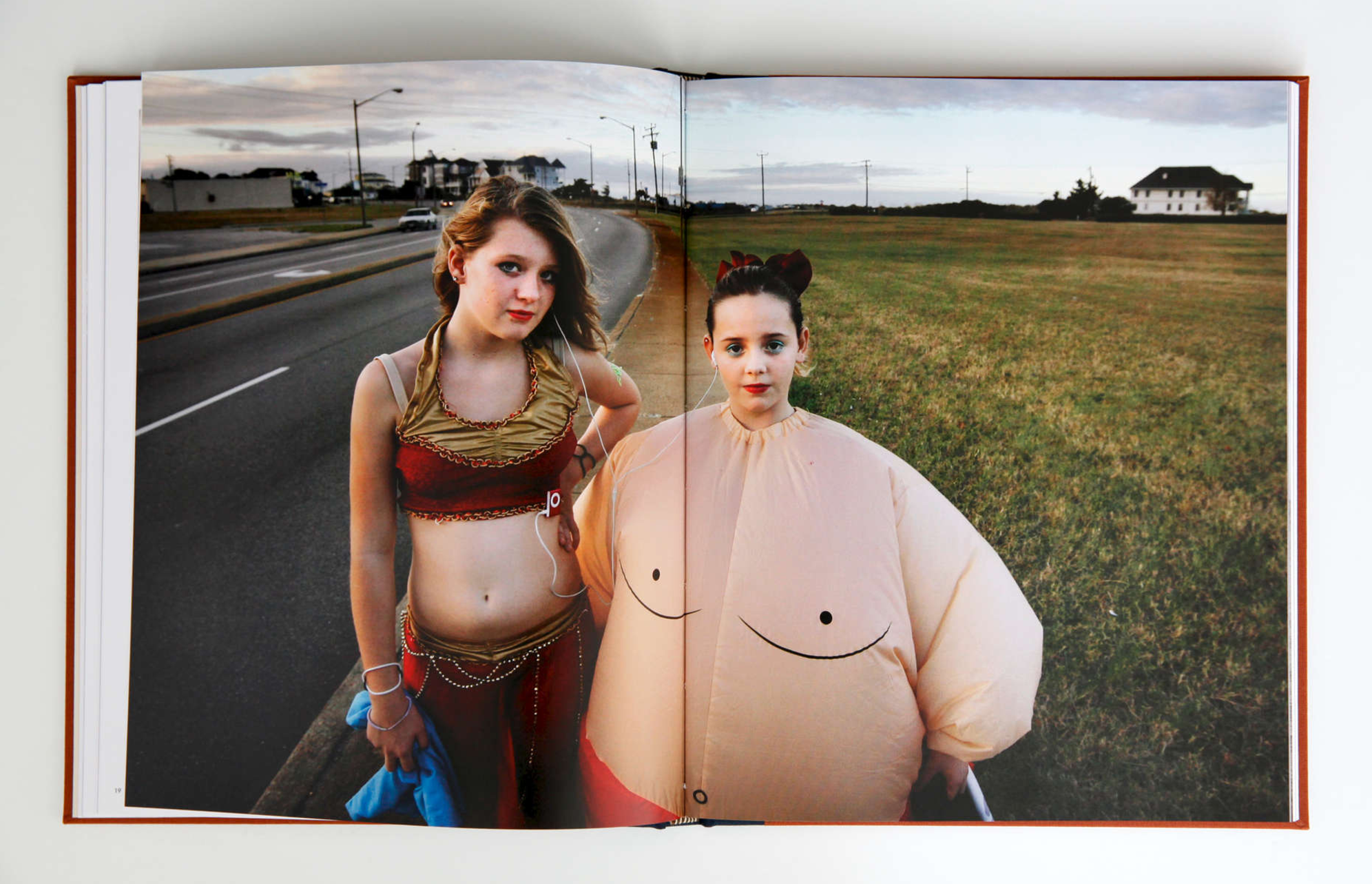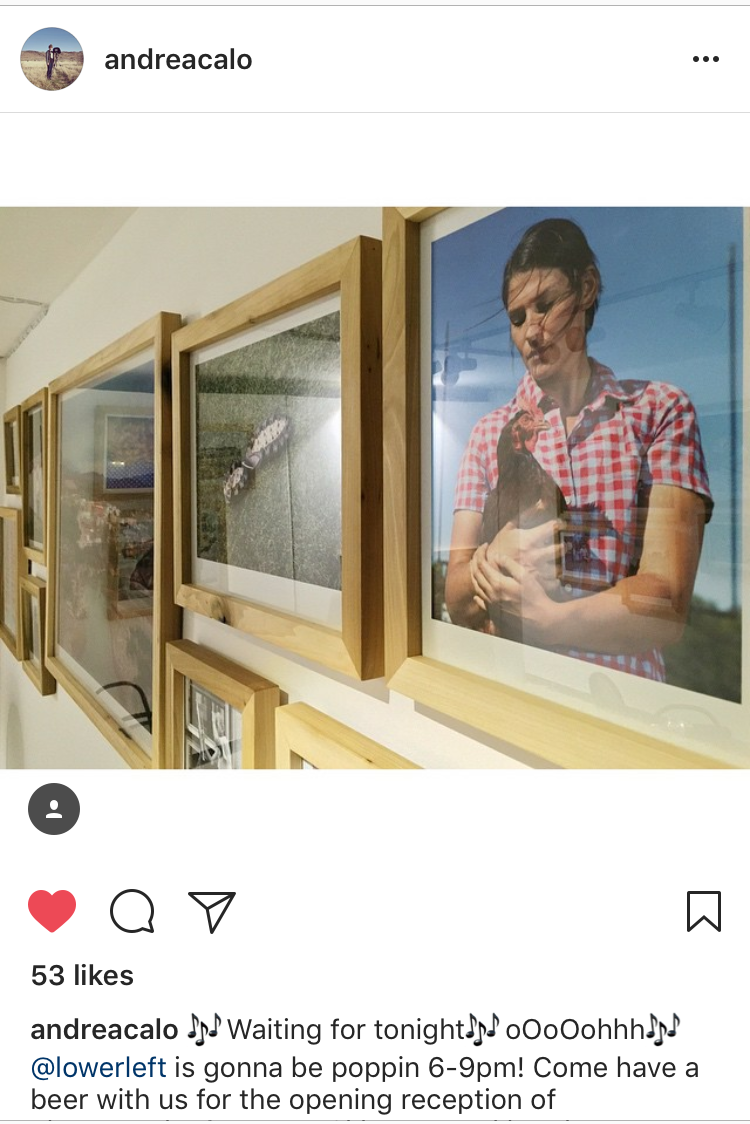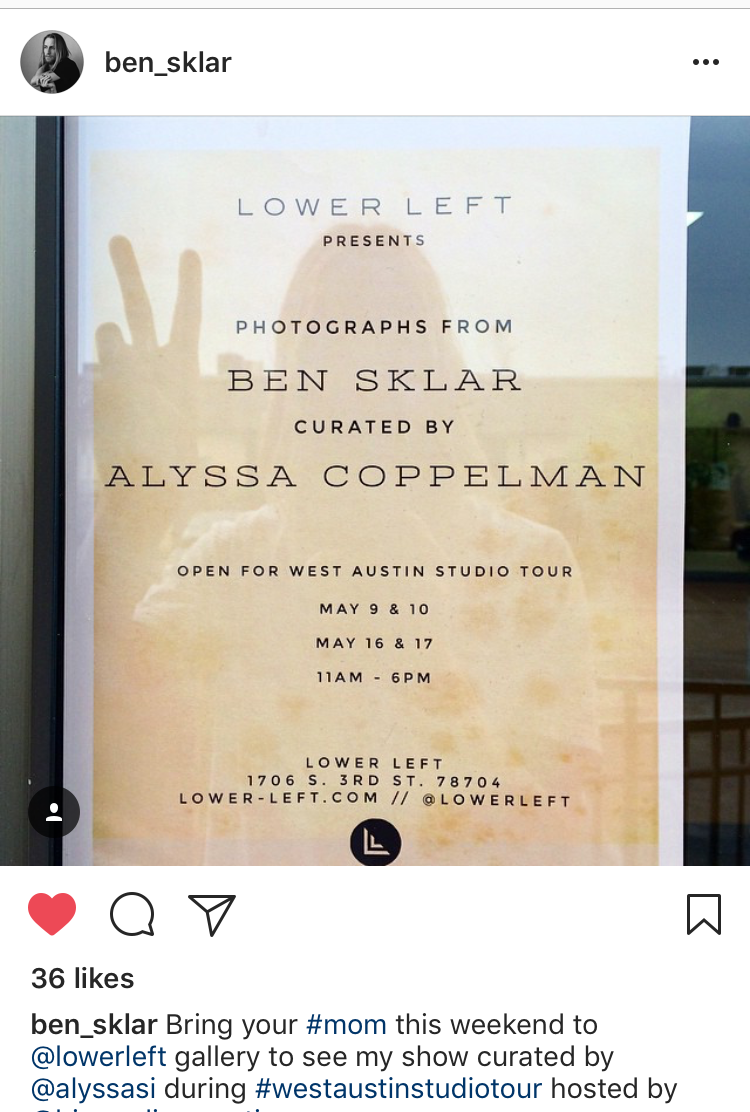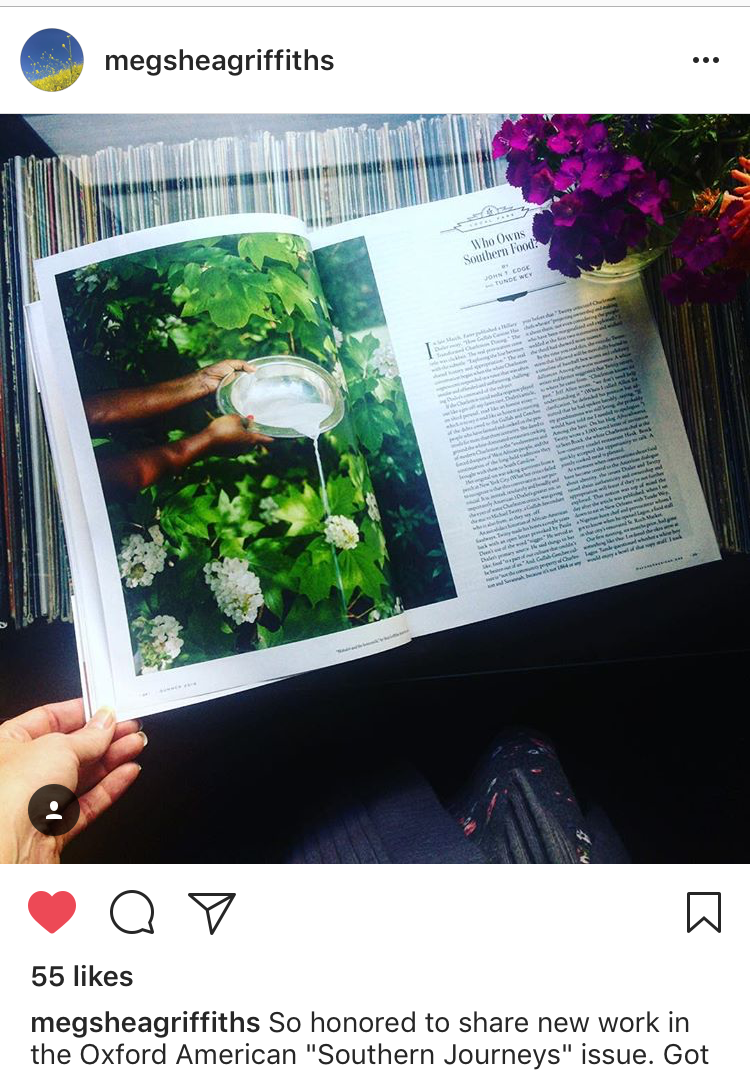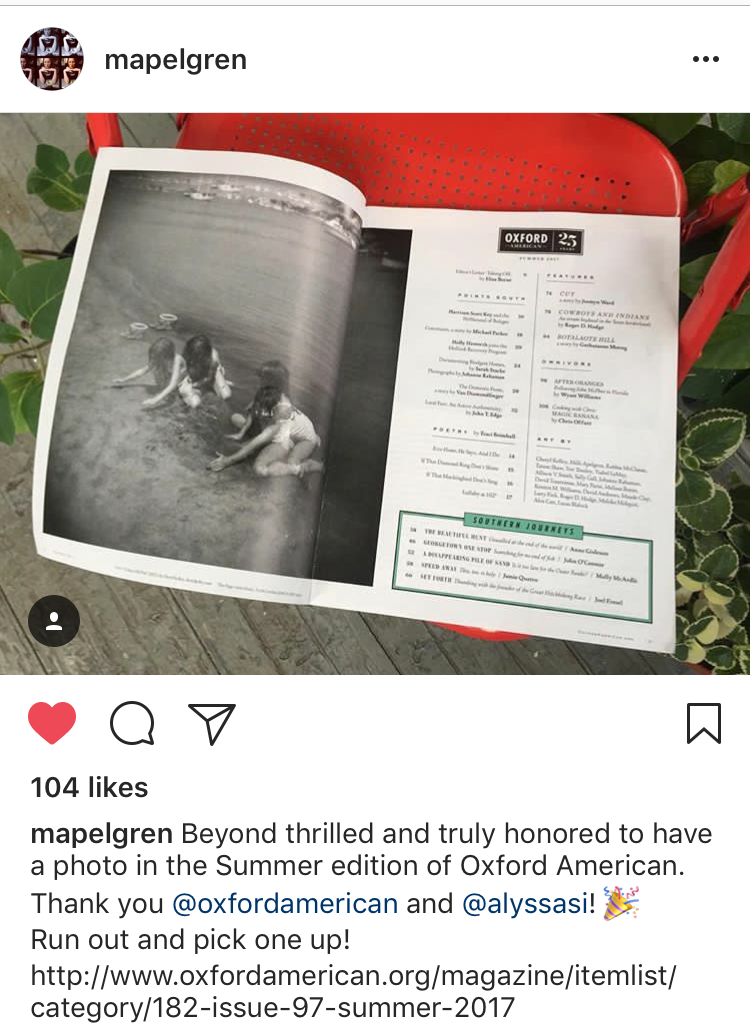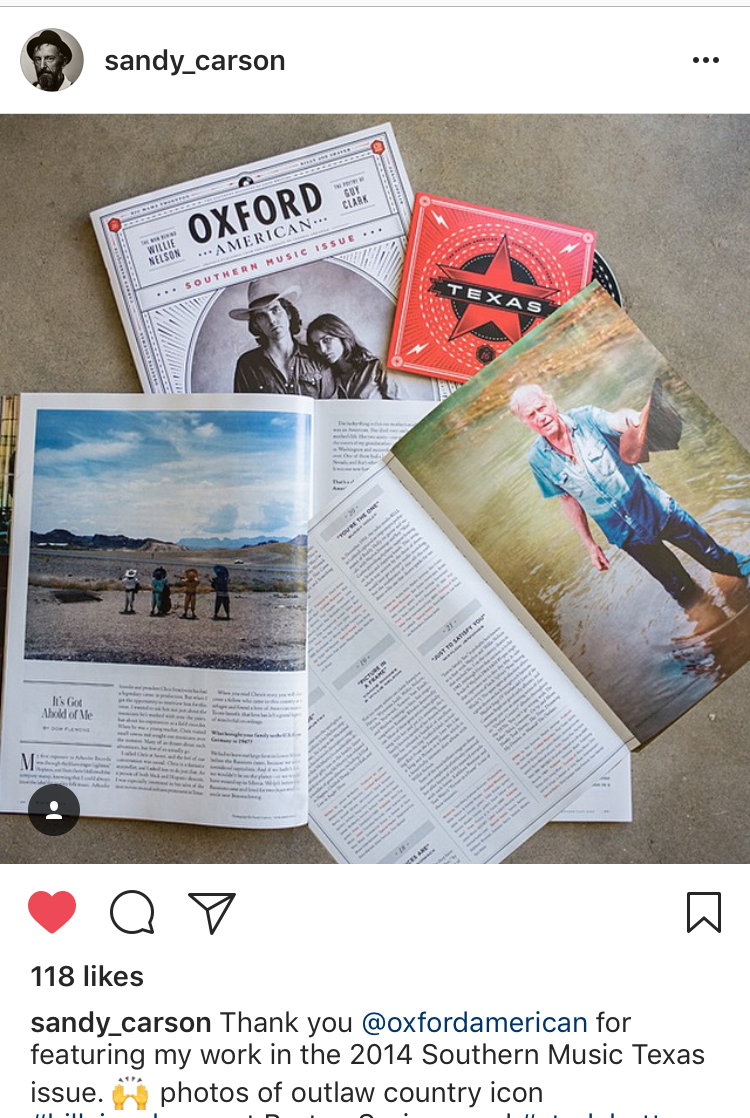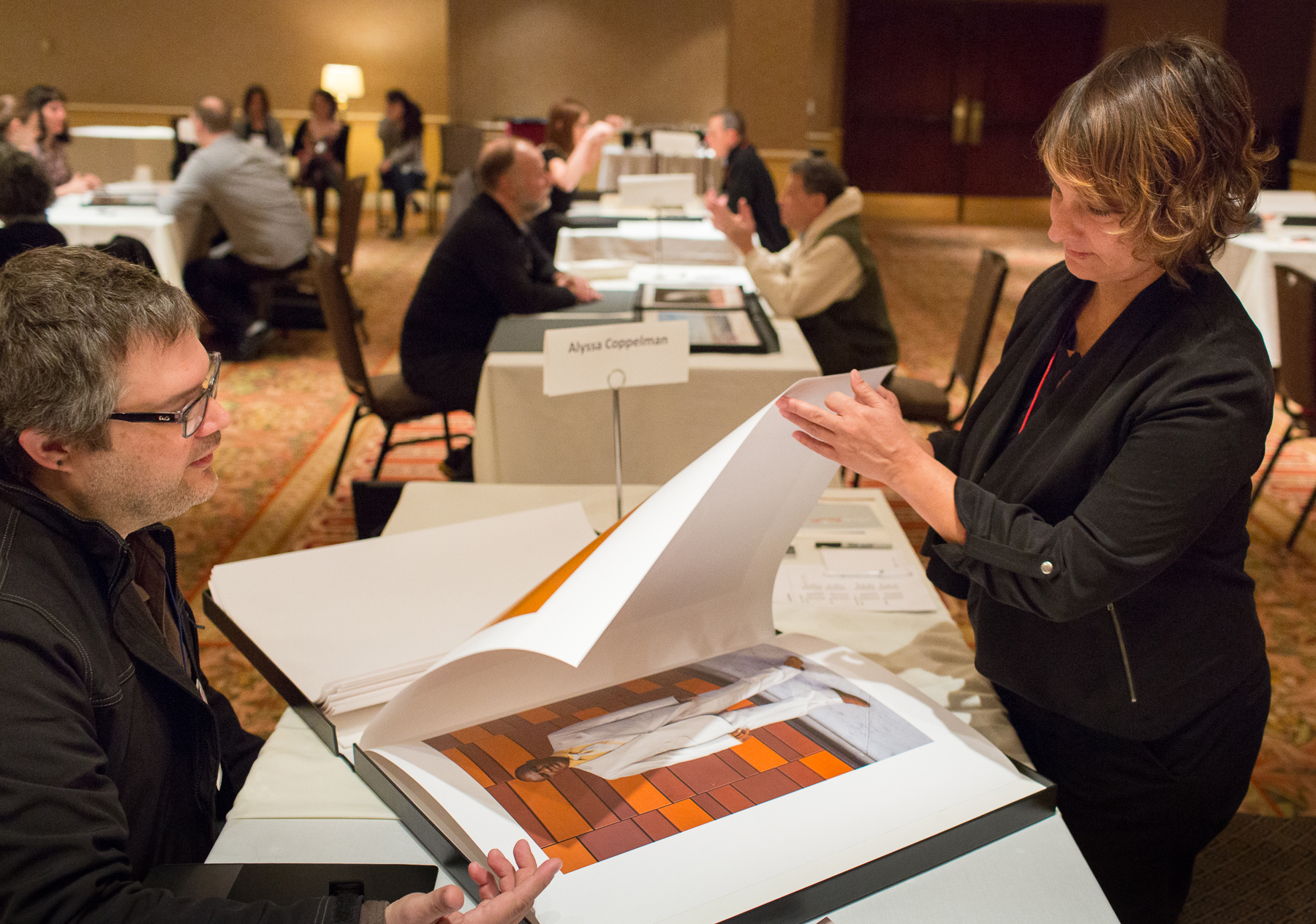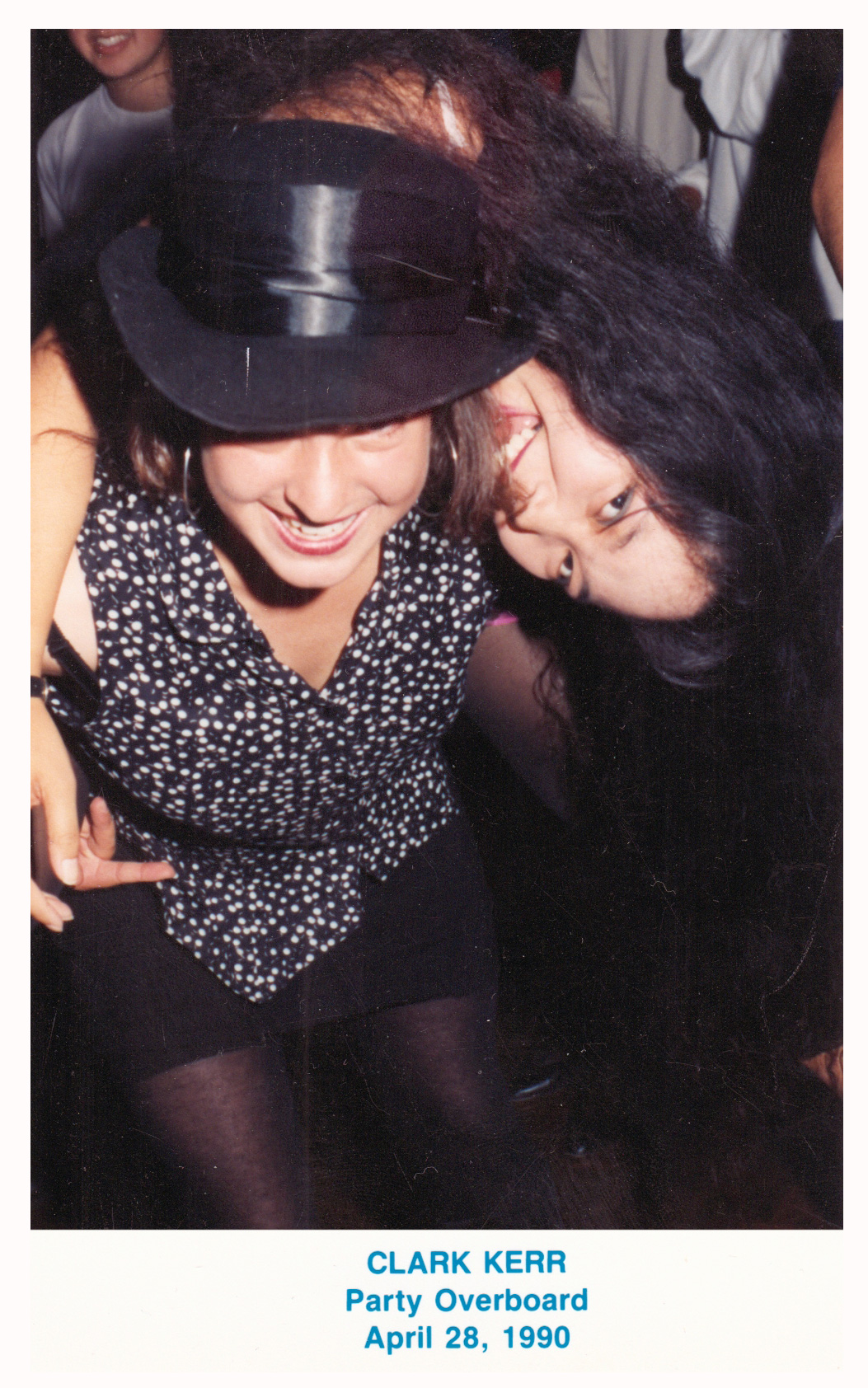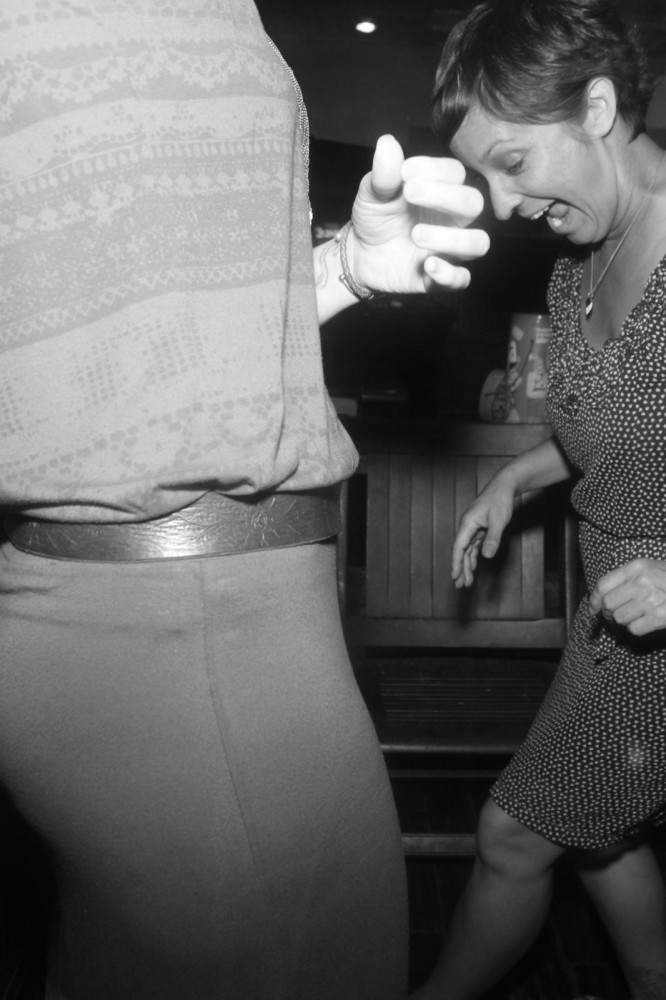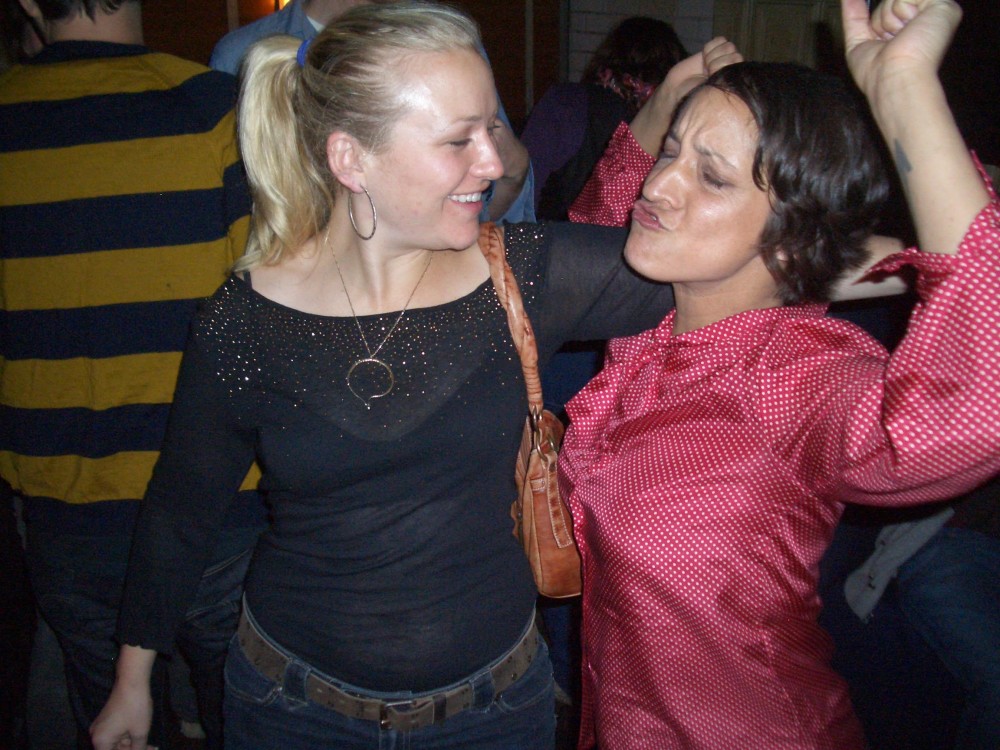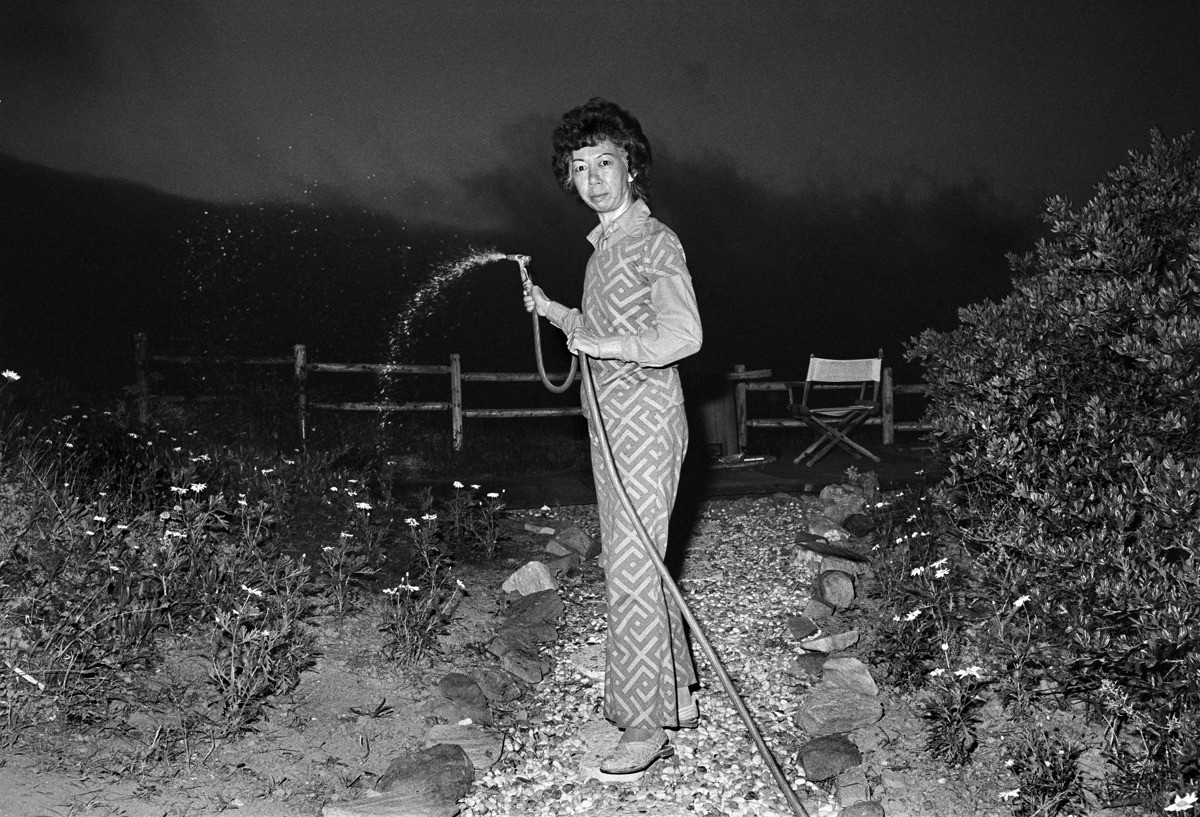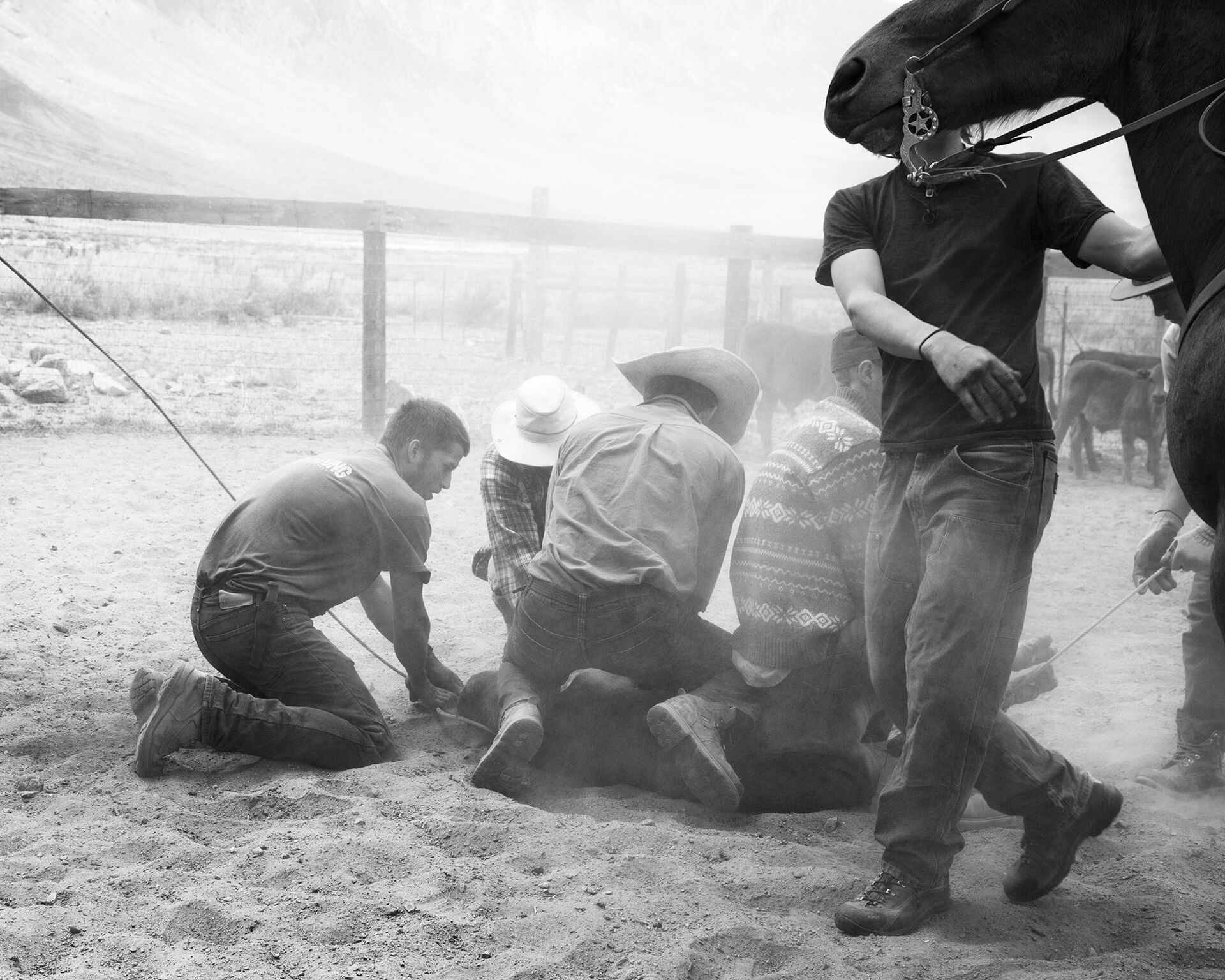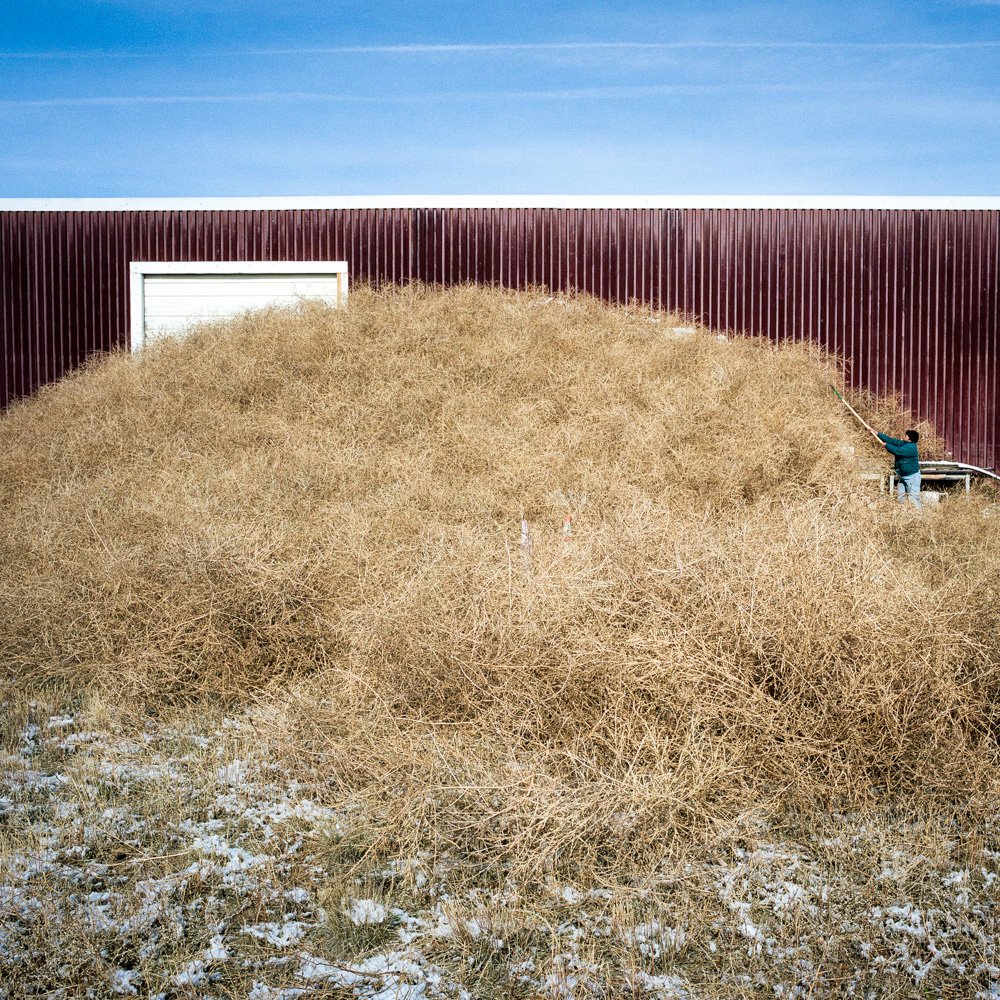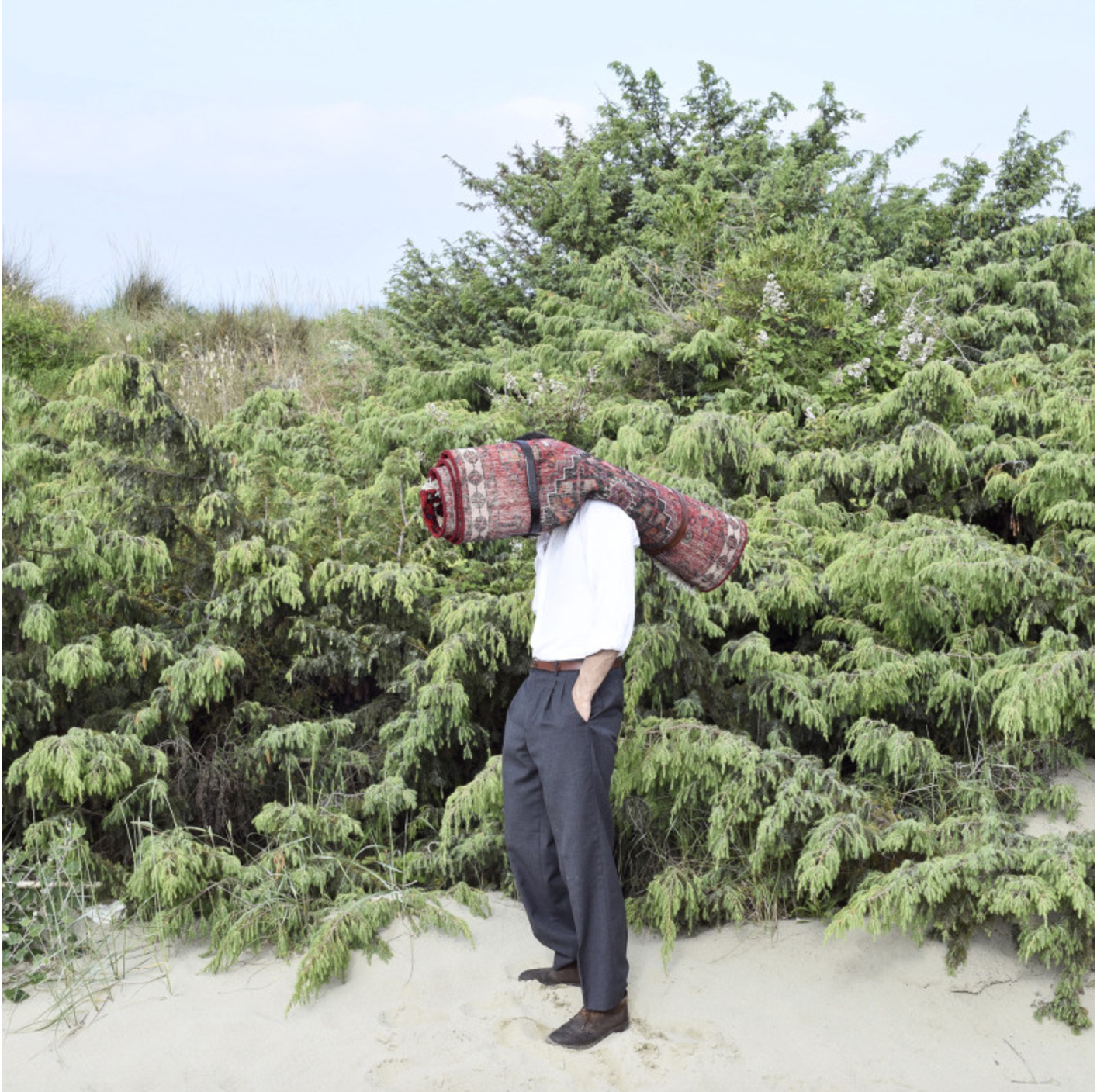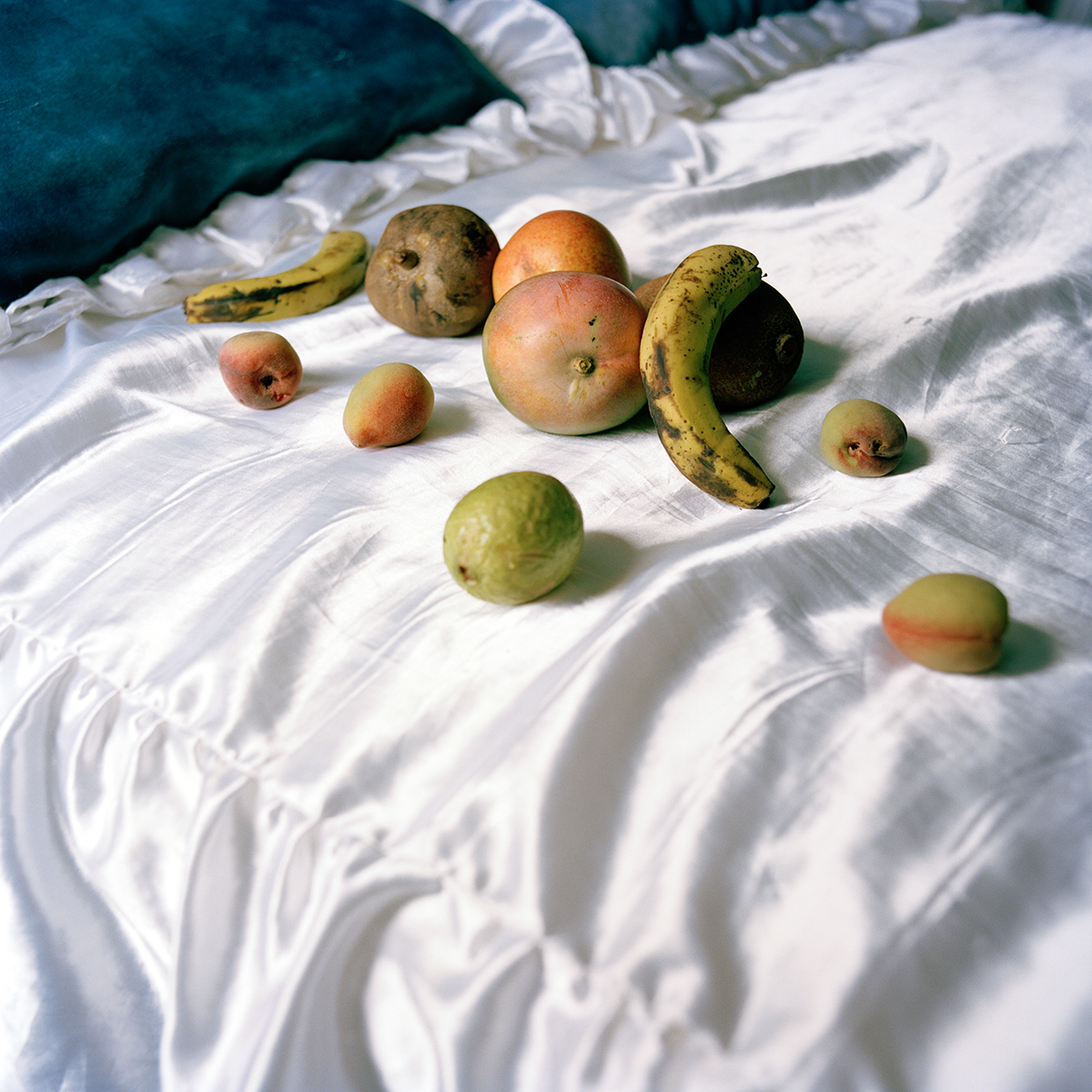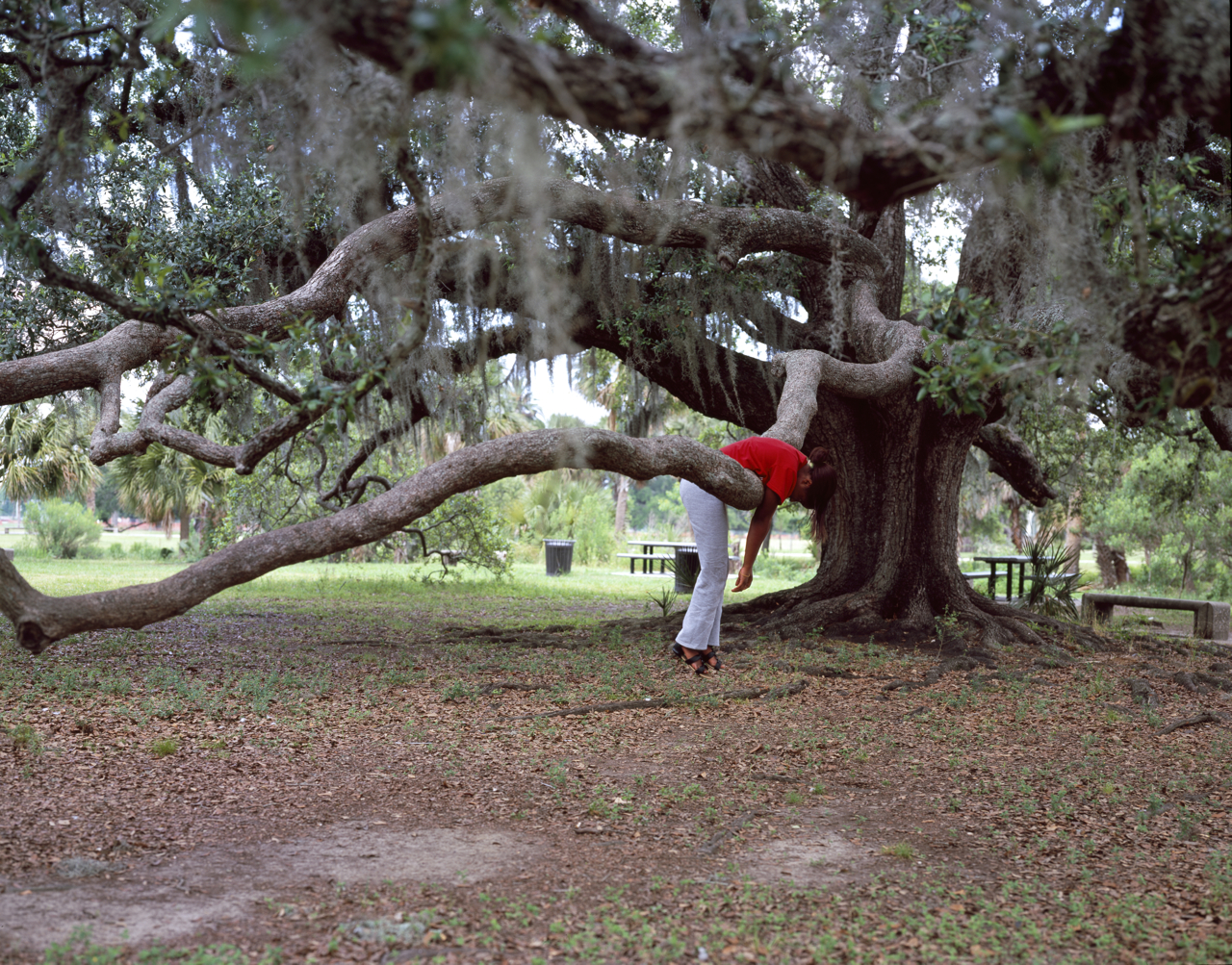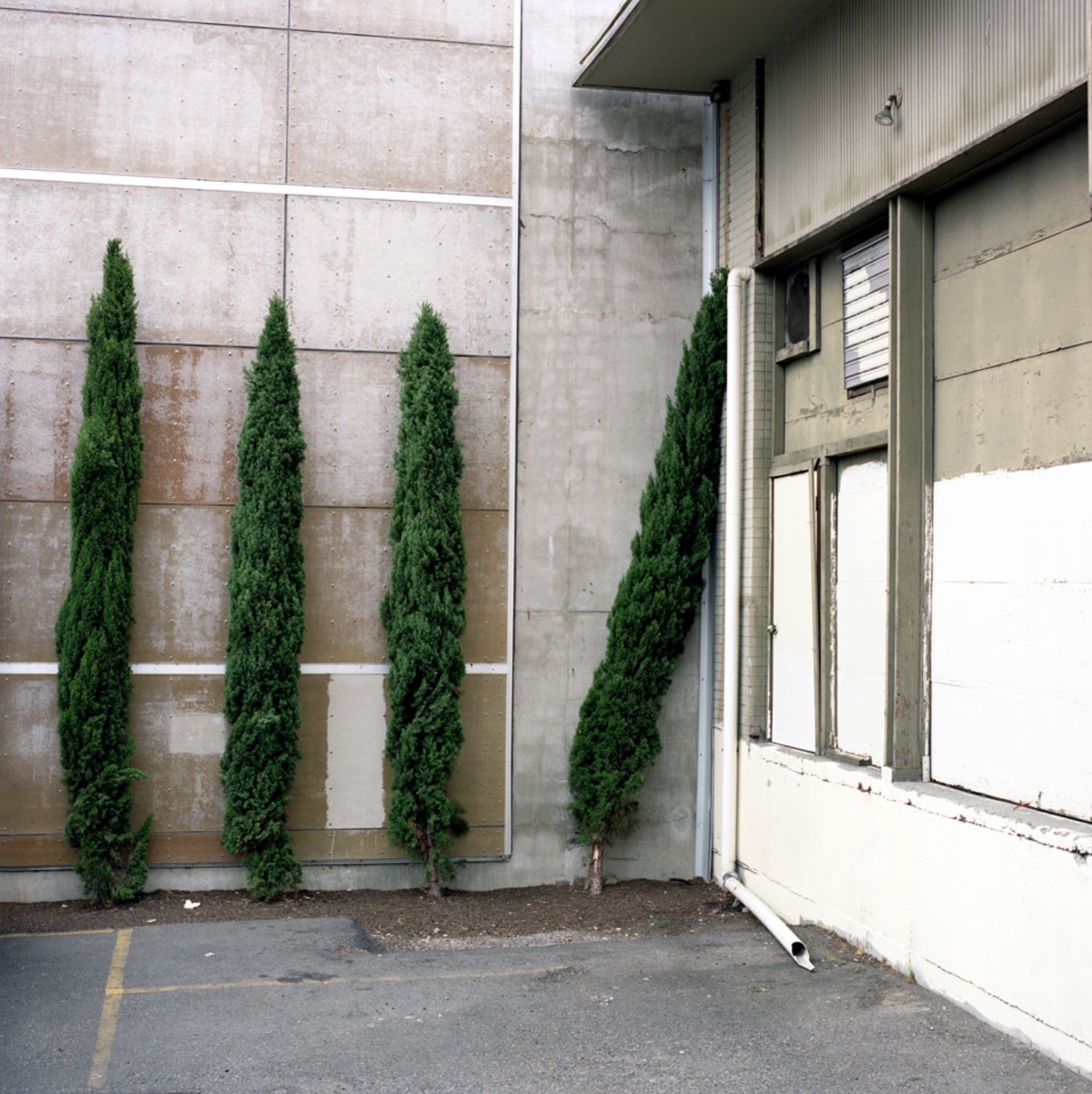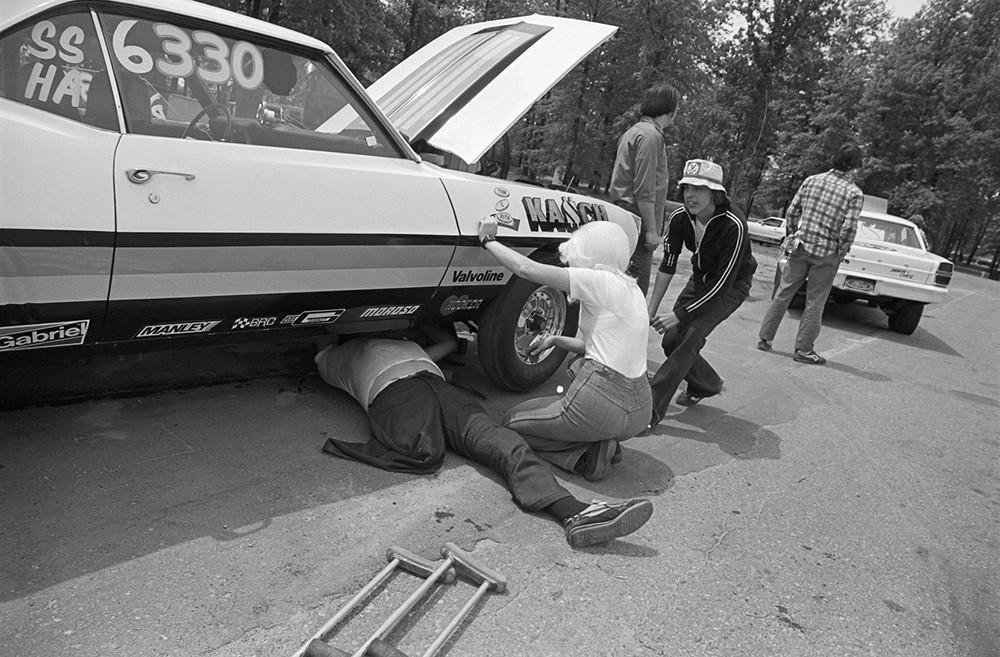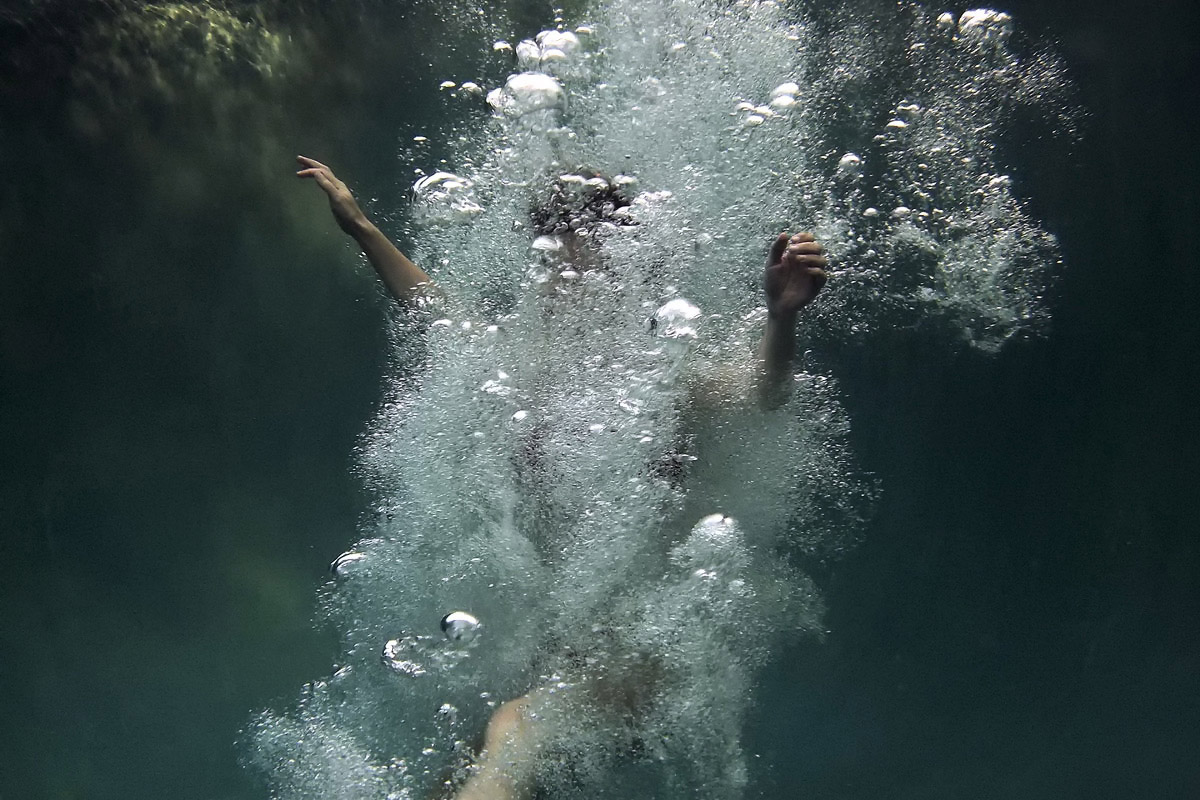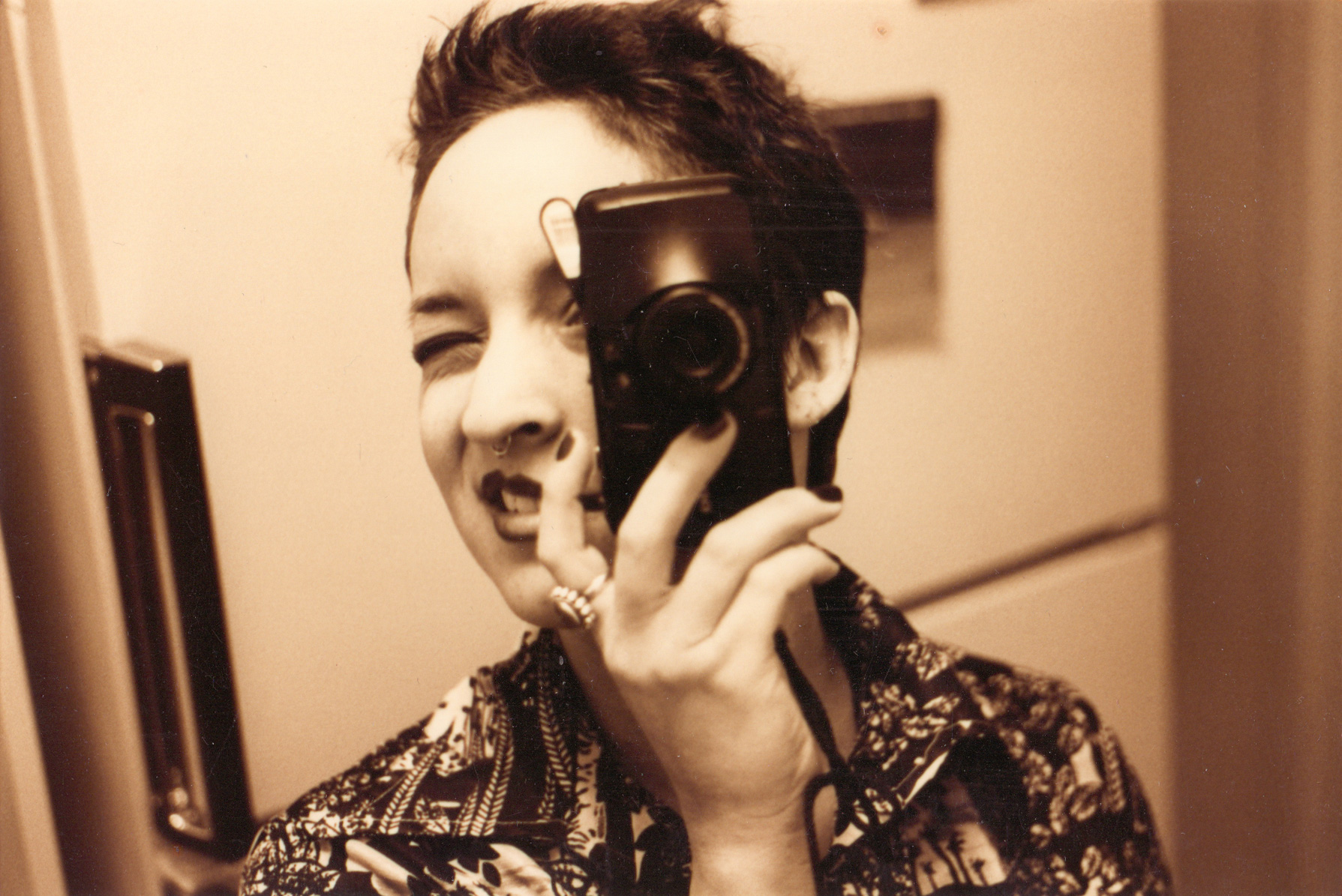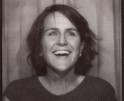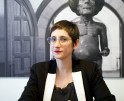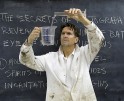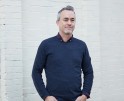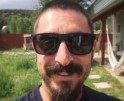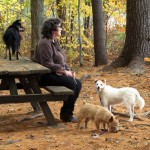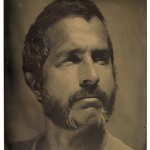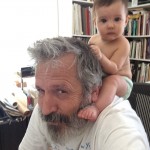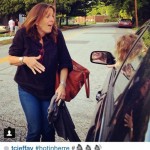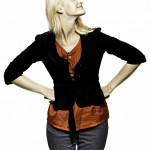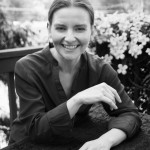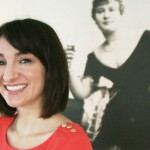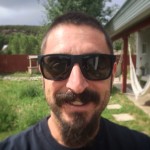The Alyssa Coppelman Mixtape
It gives me great pleasure to celebrate a special friend and bright light in the photo world, the wonderful Alyssa Coppelman. Alyssa has a well-developed eye for connecting images to text in her various incarnations of Photo Editor, Art Researcher, and Writer/Contributor. She also can often be found reviewing portfolios at the major photography events –we were both recently at Photolucida in Portland, as well as at PhotoNOLA in December, and several years ago, we spent a very memorable experience at Atlanta Celebrates Photography that ended in an epic evening of dancing, and in October we will be enjoying the San Diego sunshine at the Medium Festival. Alyssa can strike up a conversation with just about anyone, her easy laugh and open heart leading the way. She is an astute observer and consumes thousands of photographs on a weekly basis. She has an in-depth knowledge of contemporary photography and is skilled at sequencing, editing, and ultimately crafting images into a beautiful visual language. She truly understands the power of a photograph.
Alyssa is a photo editor with 15 years of experience, including Assistant Art Director of Harper’s Magazine and Art Researcher at the Oxford American magazine. She regularly sources images from a wide variety of artists, galleries, and collections worldwide. She has judged Critical Mass and Flash Forward contests, co-curated Slideluck Austin VI, and has been a portfolio reviewer at Photolucida, Fotofest Houston, PhotoNOLA, Filter Photo Festival, Medium Festival of Photography and Atlanta Celebrates Photography.
Alyssa is a regular contributor to Adobe Create and has written for WIRED Photo, Feature Shoot and Slate’s photo blog, Behold. She designed Preston Gannaway’s Between the Devil and the Deep Blue Sea and edited Sandy Carson’s We Were There. Working directly with photographers, Alyssa provides oversight in editing, sequencing, design, and editorial aspects of portfolios and photobook projects.
And now, The Alyssa Coppelman Mixtape!
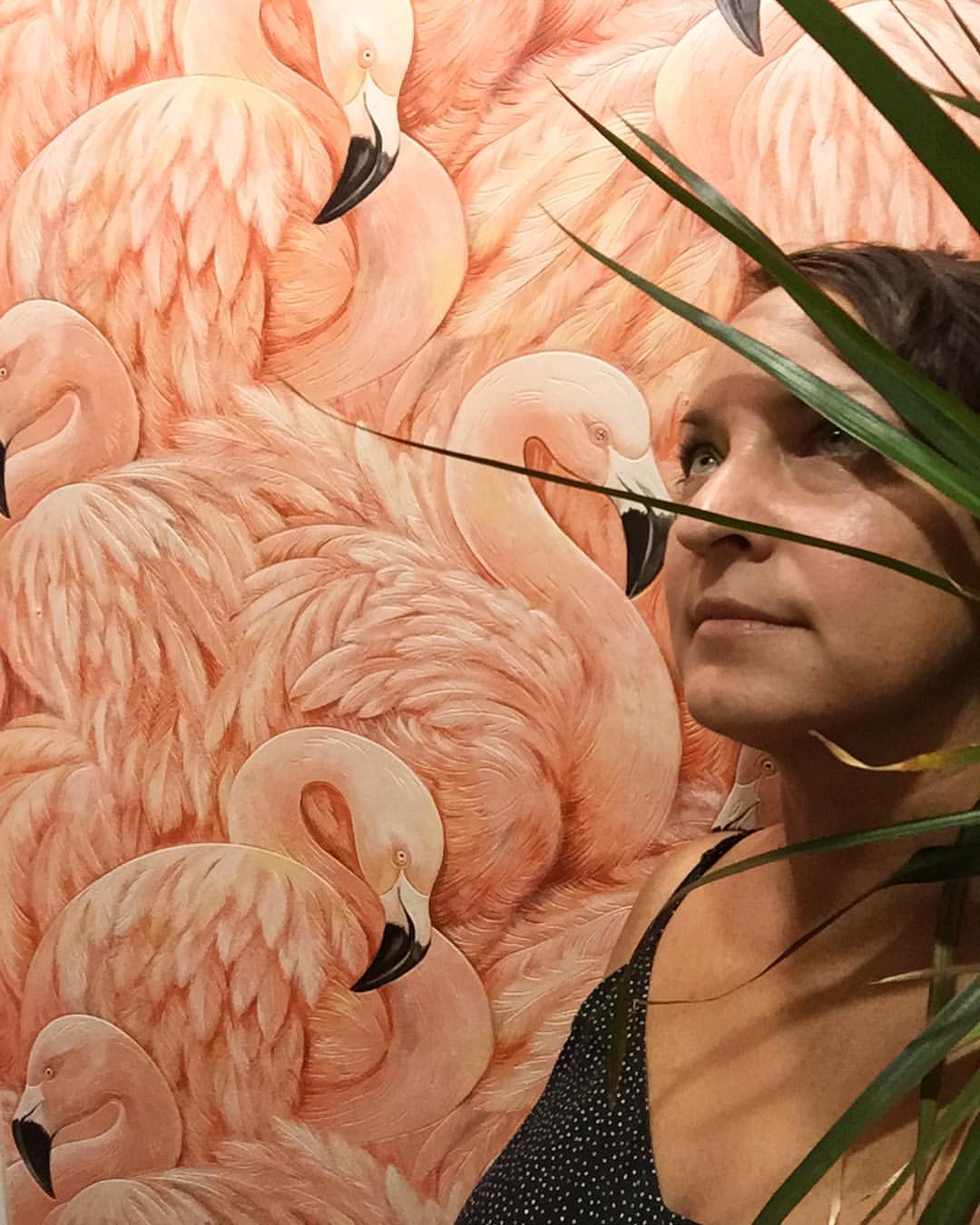
Alyssa Coppelman selfie
Tell us about your growing up and what brought you to photography.
I feel like it was sheer luck that I got into photography. I had a pretty quiet, suburban upbringing in small-town Southern California, moving from one tract housing development in Orange County to another in San Diego when I was seven. I was always interested in drawing and painting, but I wasn’t compelled to practice it. No one put a camera in my hand at a young age, and no one in my family made artwork (though my mother is a world-class doodler). But my family has a lot of excellent family photos, and I looked at them often—especially these glamorous photos some photographer took of my mother in Italy in the 1960s, which she posed for in exchange for prints.
Though it’s strange to realize this, I guess my burgeoning interest in photography came from trolling the pages of Seventeen and Elle. Those were the days of those arty, B&W Calvin Klein ads featuring nude athletic types in Greco-Roman temples, so I suppose I have Herb Ritts and Bruce Weber to thank for it. Pages ripped from these magazines plastered my bedroom walls, including those Obsession ads. As odd as it now seems, those ads showed me there was more to photography than what was I’d seen up until then.
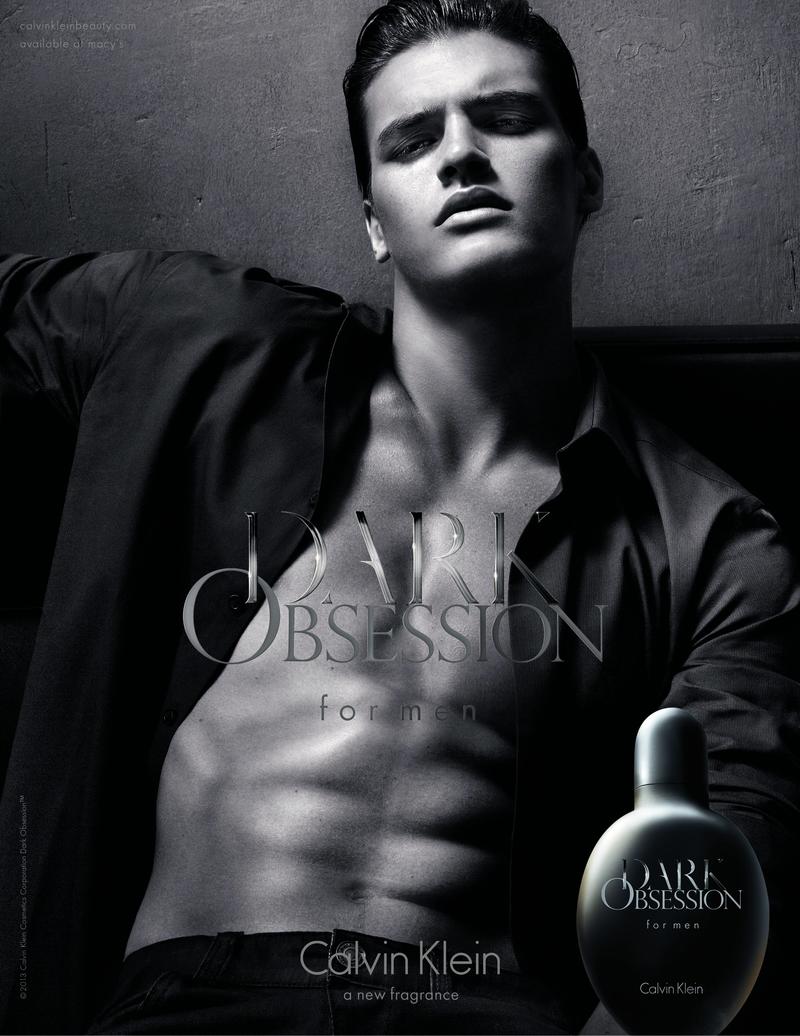 When I was 16, I got my hands on my dad’s camera, and a high school friend and I took turns photographing each other down by the cliffs and, naturally, on the train tracks, down by the beach in Del Mar. We used black-and-white film, which was the obvious choice for a moody teenager who wanted to be arty. We had no idea what we were doing but were nevertheless pretty pleased with ourselves.
When I was 16, I got my hands on my dad’s camera, and a high school friend and I took turns photographing each other down by the cliffs and, naturally, on the train tracks, down by the beach in Del Mar. We used black-and-white film, which was the obvious choice for a moody teenager who wanted to be arty. We had no idea what we were doing but were nevertheless pretty pleased with ourselves.
A high-school video production class introduced me to storyboarding and shooting. I loved the detailed planning of every aspect of a frame, and I loved being behind the camera shooting video. Because of this, I majored in Film Studies (primarily theory and history) in college.
I had some great professors who encouraged my way of seeing the world. I took a screenwriting class from Barry Gifford (writer of Wild at Heart) who, when I met with him to show him my initial pages, told me they looked like a cinematographer’s notes since I went into great detail about every shot, which are details a screenplay doesn’t normally include. He suggested I complete it in this style and not worry about conforming to actual storytelling.
In college, I gravitated toward films like La Jetée, 8-1/2, Looking for Langston, and directors like David Lynch, Jane Campion, Kenji Mizoguchi, Jacques Tati, Jean-Luc Godard…you get the idea. Because I was a pretty big film snob, I had no interest in moving to L.A. post-graduation, which was the only natural next step I knew to working in production. And while I loved making a couple of films in college, I couldn’t imagine how to make it a career. I was also quite shy for most of my life, and this definitely proved a hindrance in expressing my thoughts and ideas about art, specifically out loud or for anyone to see.
Despite these anti-Hollywood feelings, I ended up moving to Los Angeles a few years after graduation because a BFF’s roommate was about to direct a script he wrote, Hundred Percent. That director, Eric Koyanagi, unwittingly shaped my future career (major shout out, Eric!) for telling me that instead of working as a Production Assistant, I should work with wardrobe or art department since they seemed to have the funnest jobs on set. So, because and only because of his guidance, I ended up with an internship as the Assistant On-set Dresser. The On-set Dresser is the member of the art department who stays on set (while the rest of the art department is prepping the next set or striking the last set) and makes sure all set decoration is where it should be during each shot, and also for “dressing to camera.” For example, if a lamp is sticking awkwardly into the camera frame, it was the my job to work with the Director of Photography to move it in or out of frame to make a more appealing composition. Dressing to camera absolutely exercised the same muscles as storyboarding did, and that part of my brain loved these moments when I got to flex it.
I continued working in film production, in art department and wardrobe, on mostly bad, low budget movies you’ve never heard of (like Loch Ness and Garden of Evil); and some better ones like Buddy Boy (starring Aidan Gillen, who plays Littlefinger in Game of Thrones) and Sugar Town, co-directed by Allison Anders, and co-starring John Doe and John Taylor; and doing wardrobe on music videos, one for OutKast (featuring Slick Rick) being the huge highlight.
After four years in L.A., I up and moved to NYC. Soon thereafter, my film contacts dried up, and this combined with a slow-down in production due to a writers’ strike…and I needed a day job. I’d been reading Harper’s Magazine quite a lot in my semi-employed free time and ended up applying for and getting an internship in the art department. When a paid position opened up just at the end of my internship, I was hired on and after a couple years became Assistant Art Director. Though I moved to Austin six years ago, I still work on every issue (since May 2002!) of Harper’s as an art researcher, finding existing imagery for them to publish and suggesting photographers and illustrators to commission.
What is your title and job description and tell us about a typical day?
My various titles are Photo Editor, Art Researcher, and Writer/Contributor. A typical day consists of me sitting, glued to my computer, or plowing through a pile of photobooks and art magazines, looking for images for publication in Harper’s Magazine and the Oxford American magazine.
When I look for artwork (many people don’t realize I look for both photography and non-photo-based artwork) to be published along with stories in these magazines, I read the text in each issue and make notes about what I think we should do. I look for existing work that fits stories topically and/or tonally; or, I suggest photographers or illustrators whose styles might be right for the subject matter and tone of the piece that we might commission.
What I love about working with both Harper’s and the Oxford American is their openness to linking images to text in a way that’s sometimes tenuous, that echoes the mood of the piece and doesn’t necessarily provide a literal interpretation of what’s in each story. It makes it possible to consider a greater variety of work for publication, and allows for me to stretch my art research muscle with every issue. When I look for work for the OA (“a magazine of the South”), I don’t limit myself to art made about the South or by Southern artists, but it does give me a wonderful opportunity to mine this type of work. And I’ve learned about so many more artists while doing this sort of regional research.
Sometimes, a unique opportunity comes my way. In 2014, I was an on-site photo editor at Austin City Limits music festival. Over two three-day weekends, two photo editors and I edited hundreds of images of each band’s performance (and of dozens of shows a day) that the official ACL photographers had taken minutes before. We’d sort and edit at breakneck speed, then would send the best images to the social media team, who sat at the desk right behind us, waiting to feed their Instagram and Flickr feeds. The pace was insane, though I’d experienced similar in film production, and I loved the energy and camaraderie.
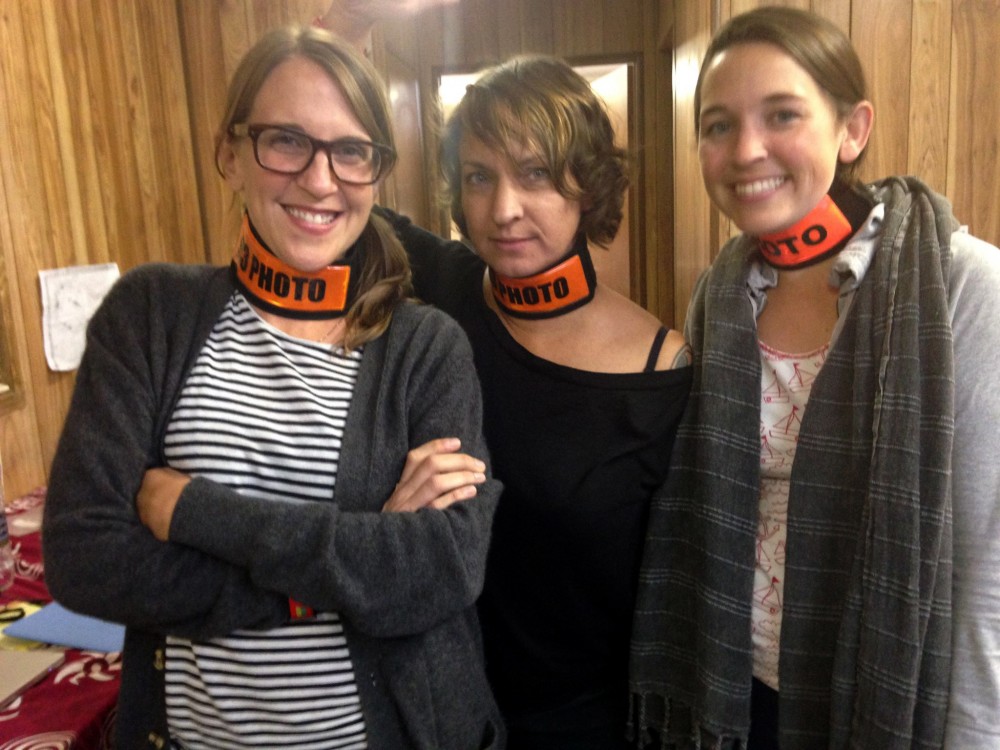
ACL Festival 2014 on-site Photo Editors looking delirious with excitement—and ehaustion (Jasmine DeFoore, AC, Molly Winters
At Unseen Amsterdam photo fair in 2014, David Rosenberg, my editor at Behold, organized a diverse panel of photo world people to talk to recent graduates about how to build a career in the photo industry. It was great to be a part of and to share some industry insider advice.
With blog writing, I’m either looking for work to pitch, or interviewing a photographer and writing the post. A career highlight was getting to speak to Mike Mandel on the phone for an hour for Behold. I love speaking to photographers about their work and learning sometimes surprising details about their work that weren’t readily apparent. And, obviously, it’s the absolute best when a photographer I’ve interviewed is happy with what I’ve written.
If I’m working with a photographer on a photobook or portfolio edit, I’ll be editing and sequencing with them. The most fun way to do this is in person, moving prints around. Sequencing easily ranks as one of my favorite parts of this job. It’s so satisfying to break through to the best story arc out of so many (sometimes seemingly endless) possibilities. For example, working with Preston Gannaway and photo editor Nicole Frugé on Preston’s book, Between the Devil in the Deep Blue Sea, was a major lesson in the difference between editing a photo essay with some natural through line, like time; and an entire 125-page book that, holy smokes, wasn’t edited temporally but rhythmically and tonally. As much of a learning curve as it was, I really look forward to doing more of this type of in-depth, really digging in types of photo editing jobs.
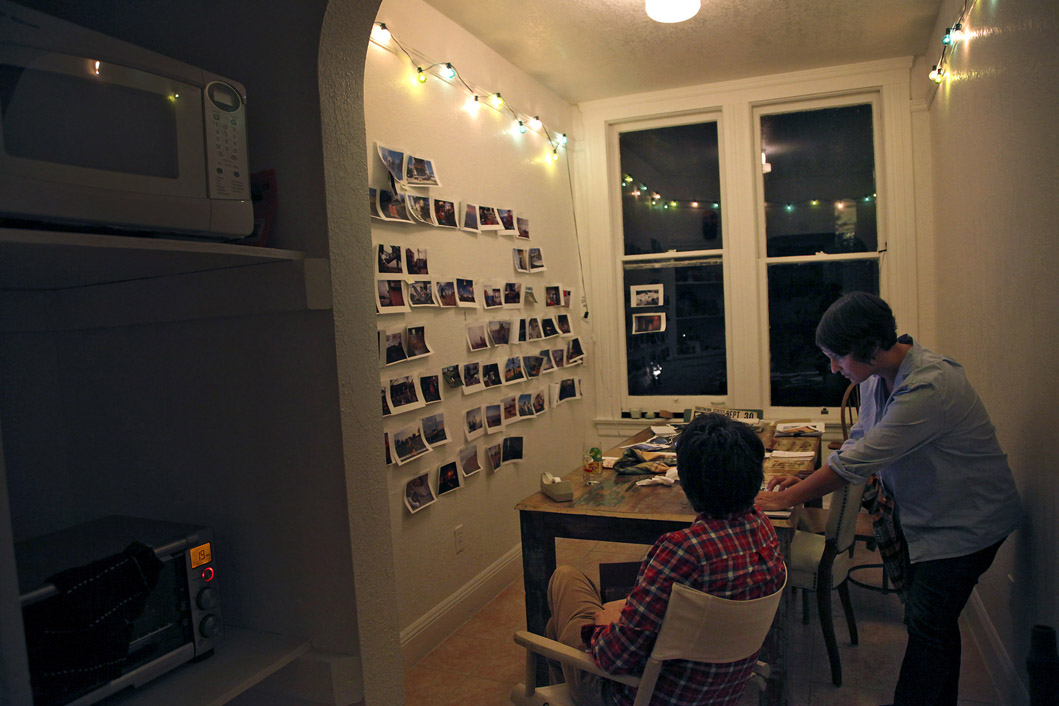
working on Between the Devil and the Deep Blue Sea photobook with Nicole and Alyssa Coppelman at home in Oakland, Calif., on Thursday, April 17, 2014. (Photo by Preston Gannaway © 2014)

working on Between the Devil and the Deep Blue Sea photobook with Nicole and Alyssa Coppelman at home in Oakland, Calif., on Thursday, April 17, 2014. (Photo by Preston Gannaway © 2014)
What are some of your proudest achievements?
In 2016, the Oxford American magazine, who I’ve done art research for since 2013, won the National Magazine Award for General Excellence—an impressive feat for a magazine with a circulation under 50K, and one that’s greatly underappreciated. It was extremely validating, not only that the magazine won this award, but that it won for General Excellence—the full package, including the art we published that year. I also couldn’t help swelling with happiness when Ron Charles praised the OA in The Washington Post.
I’ll also mention working with Preston and Nicole again on Between the Devil and the Deep Blue Sea. While it was never widely available (it was a special edition of 100, pre-sold to Kickstarter contributors) it’s the one thing I’ve worked on that I still get comments on from photographers every now and then. It’s incredible when a project you worked so hard on has impact.
It makes me so happy when a photographer is excited about their work being published or written about. I love seeing their posts on Instagram and Facebook when they like the usage or blog post. It’s a big part of what keeps me plugging away, and it’s honestly a big part of why I take time trying to find interesting usages for images.
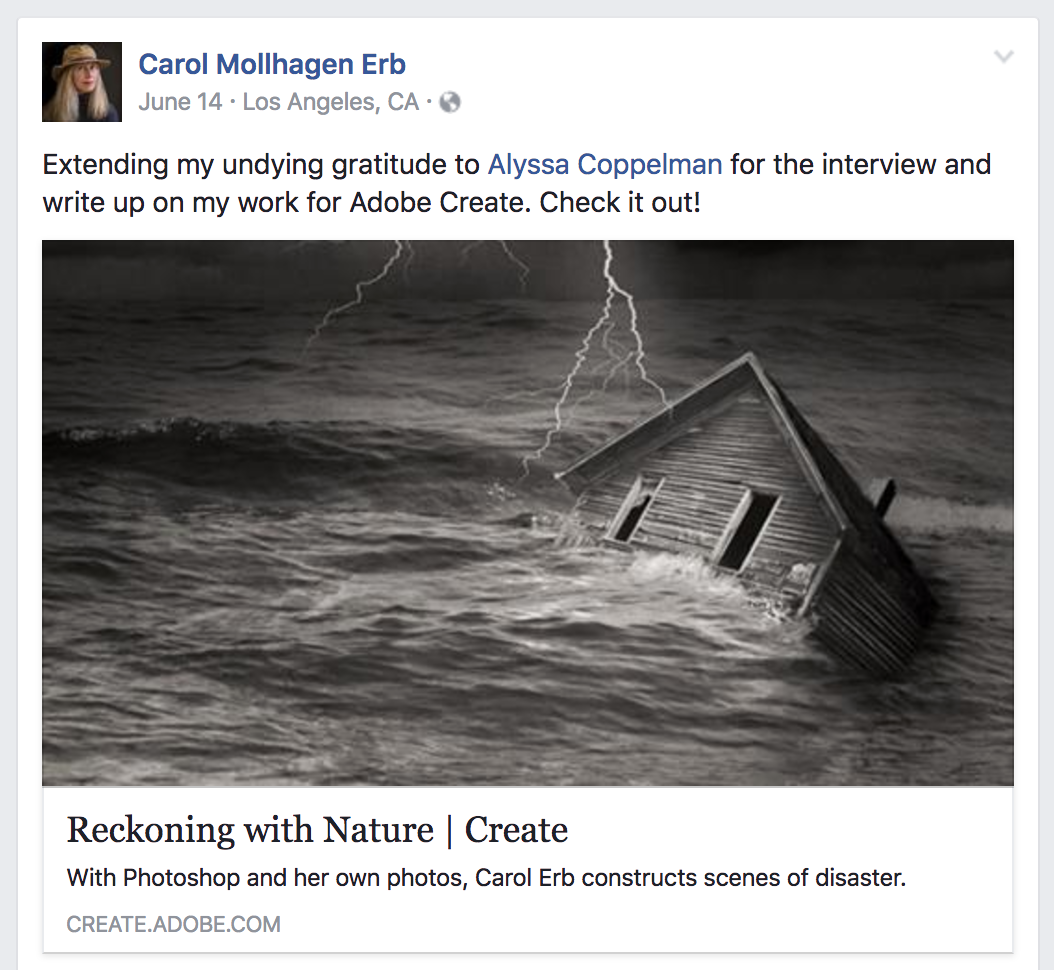 Any advice for photographers meeting with a photo editor?
Any advice for photographers meeting with a photo editor?
Basics: make sure your book is in order. Be on time. Do not tell them your work is perfect for them.
Make sure your work fits in with the style and content of the publication, or with the other photographers the photo editor works with. Be sure you’re familiar with at least a few of their recent commissions. Make sure the magazine you’re meeting with hasn’t recently published a similar story. Every publication has limited page space, and there’s almost no chance a general interest magazine will run a story on, for example, Cuba if we’ve recently published another story on Cuba—even if the focus of the story and shooting style are different. There’s just not enough space in or need for a monthly magazine to do so. It can be of value for me to know a photographer has worked in Cuba, but that should be secondary information, not the reason for or focus of the meeting. I’m not exactly saying you should never do this: just know your audience and present what might be most interesting and unfamiliar for them to see.
Because my name reads one way and is pronounced another (uhLEEsuh), I’ll say this: don’t assume you know how to say person’s name. Listen when they tell you their name, repeat it to them, make sure you get it right—and ask if you didn’t get it. Most of us with names that are often mixed up appreciate this level of interest and consideration. It’s also a sign that you’ve got attention to detail, and can inspire confidence about sending someone out into the field, especially into a potentially difficult situation.
Any general advice for photographers coming to a review event?
First of all, do your research. Don’t sit down for a portfolio review and make it known you didn’t even look at both magazines I work with. This has literally happened once at least once at every portfolio review I’ve participated in. I know the Oxford American isn’t on every newsstand (unfortunately), but it’s always in my portfolio review bio, and it’s got a pretty good web presence, so honestly there’s no excuse. So if you don’t have a chance to do all your research (though you should), simply don’t volunteer this information. It makes the photographer look bad, or naïve, and it certainly makes a bad impression. Yes, I’m actually suggesting that you don’t mention it unless it comes up.
Please don’t tell me your work is perfect for Harper’s (or the OA). Saying this communicates arrogance rather than confidence. Of course, the photographer could be right, but it still leads me into the review thinking, “well, we’ll see about that…”
I’ve also had a few people ask me during our review what my rates are for consultation. While I’m absolutely happy to talk about this, and I love consulting with photographers, it’s best to email or talk about it later.
The best reviews seem to be those with photographers who know exactly why they’ve attended the review, and have thought out some specific questions for me. It certainly isn’t a requirement, and of course I am happy to guide the review and provide feedback advice, even edit their portfolio at the table (I actually love doing this). But from my side of the table it seems like photographers get the most out of their 20 minutes when they are familiar with the type of work I do and have formulated a couple questions based on this. And while I know sometimes the photographer I’m meeting with didn’t have me as a first choice, having some directed questions is still a way to make the most out of it.
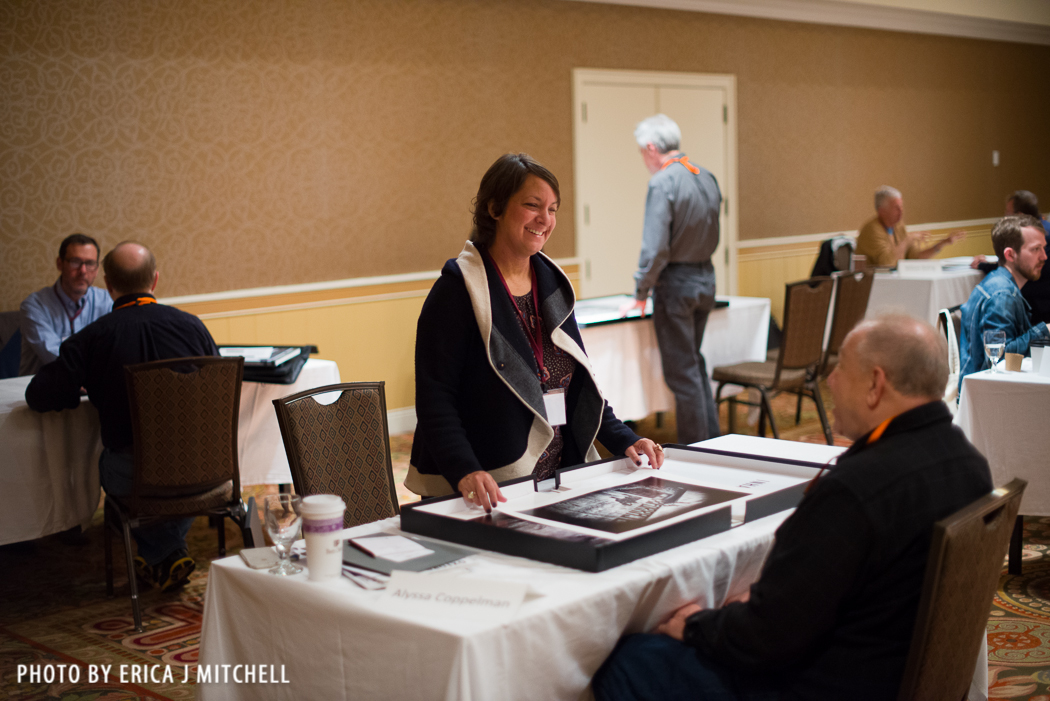 What is something unexpected that we don’t know about you?
What is something unexpected that we don’t know about you?
My first job in college was as a frat party photographer. Also, I used to be a DJ at KBLT, a Los Angeles’s pirate radio station, back in the good ol’ days!
And since this is a Mixtape, what is your favorite song, band, and do you dance?
Being an absolute ex-mixtape nerd and ex-DJ, I’m really nerdily excited that I’m being interviewed for a Mixtape. So thank you, Aline.
Dancing might be my favorite thing, and is part of some of the funnest nights of my life, though I don’t get to do it very often anymore. Goals! I’m trying to turn it around this year, with some degree of success.
OutKast’s Hey Ya and B.O.B. make me freak out. Crazy in Love (Beyoncé) will, almost without fail, make me get up. Rock Creek Park (the Blackbyrds)—though if the DJ doesn’t fade it out early you’ve got five minutes of repetitive groove after the lyrics cut out. Baby Got Back (Sir Mix a Lot) is still a favorite. David Bowie. Hank Williams. Tennessee Waltz by Sam Cooke. Most songs from The Chronic (Dr. Dre). Basically any ‘90s hip hop ranks as my favorite music to dance to.
After moving to Austin, my dance opportunities have been more plentiful and mostly focused on two-stepping. The great benefit of this style of dancing is that if you post up in a club, you’ll likely get asked to dance. No funny business, just an ask, a dance, a polite thank you. Boot scootin’ is good, good stuff.
And now I hand over the microphone and turn tables to Alyssa:
Part of why I love sequencing photographs so much is that it creates visual connections between images in unexpected ways and adds meaning that simply doesn’t exist when looking at each image separately. I get a pretty big thrill out of finding these links—especially when the selection process is this subconscious and naturally occurring—because I have a lot of favorite images I could have pulled. If my image library was a record collection, I wouldn’t be able to get through the door.
This group of photographs includes images I’ve seen recently and was struck by; and images I return to frequently or that come up repeatedly, seemingly of their own accord. I love these images.
What’s really interesting to me about this group is that I didn’t attempt to pull together images that resonated so much with each other, but that’s what I ended up with. When I thought of one image to include, it would spark the memory of another, and so on. I only noticed the now obvious through-lines after I looked at them as a group. Clearly, I’m drawn to partially obscured subjects. A gestural arc, movement, or curved shape resonates through several of these others. Between those two groups, there are connections as well.
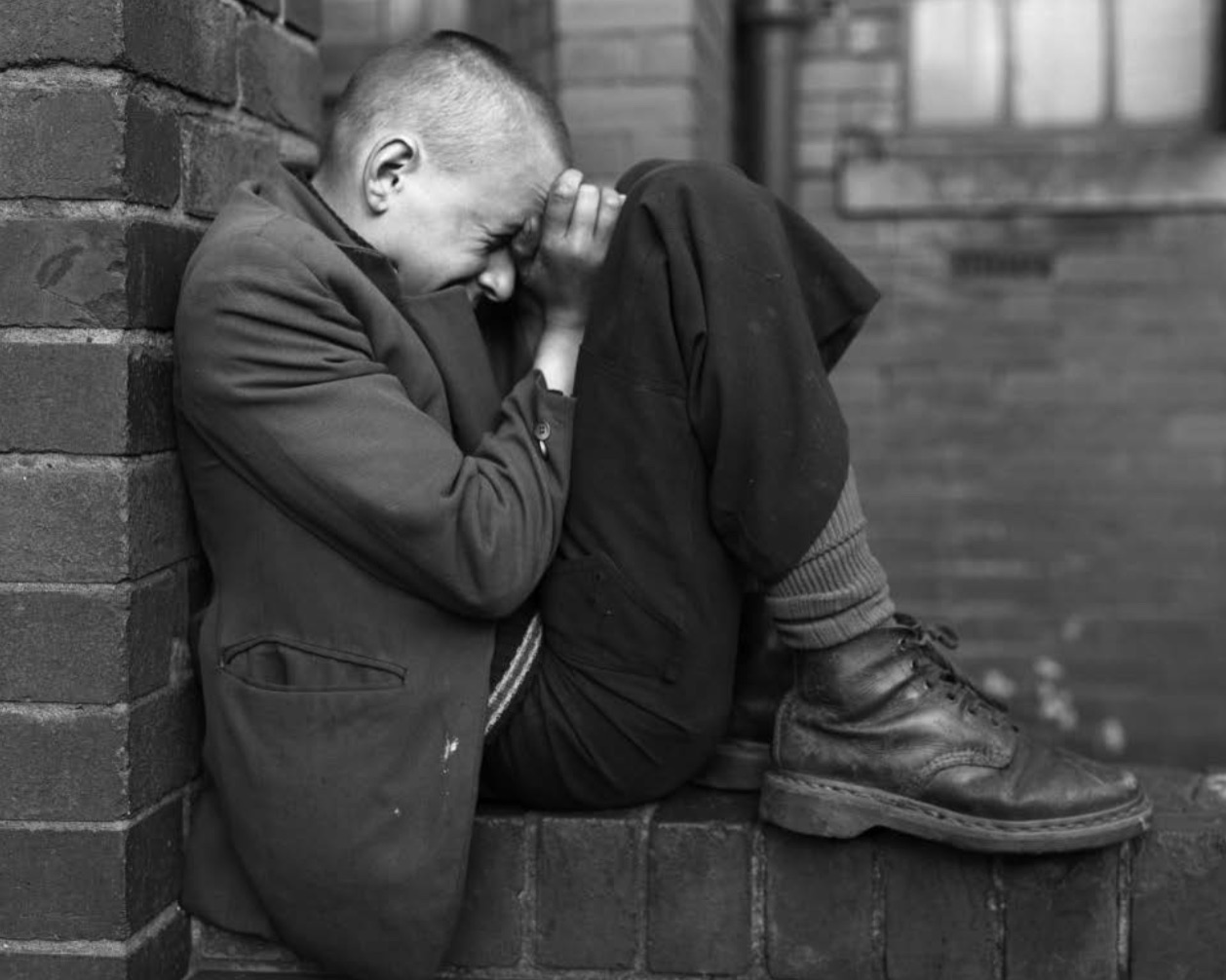
©Chris Killip. from In Flagrante Two, published by Steidl 2016 — On view at the Getty Center through Aug 13
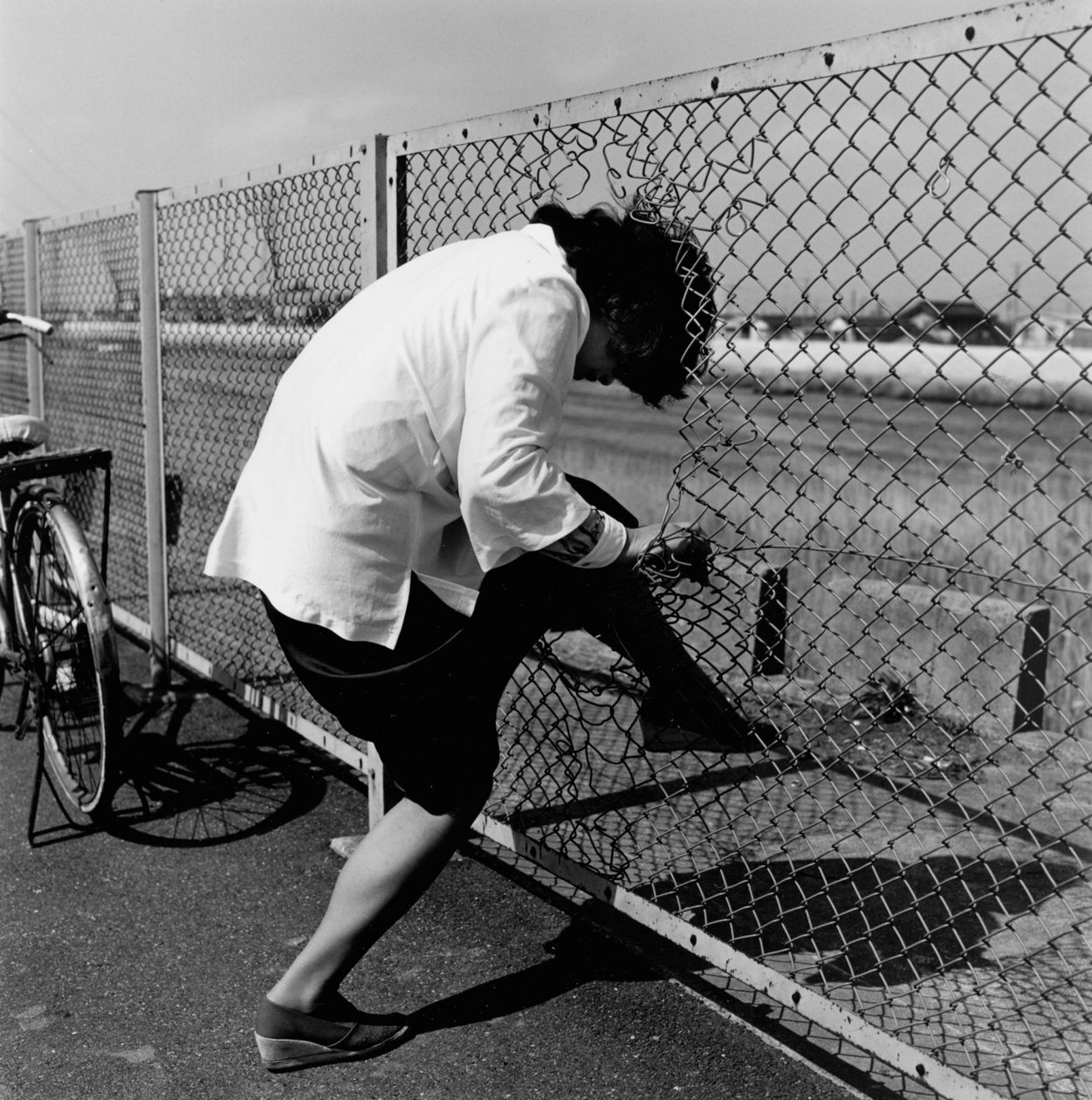
© Issei Suda, Untitled (from Tokyokei), late 1970s. Vintage silver print. Courtesy Charles A. Hartman Fine Art, Portland, Oregon
Thank you, Alyssa, for all you do for photographers and photography!
Posts on Lenscratch may not be reproduced without the permission of the Lenscratch staff and the photographer.
Recommended
-
The Christy Karpinski MixtapeDecember 2nd, 2023
-
The Rotem Rozental MixtapeJanuary 27th, 2023
-
The Brian Taylor MixtapeJune 14th, 2019
-
The David Rosenberg MixtapeMay 3rd, 2019
-
The Jonathan Blaustein MixtapeJuly 20th, 2018

